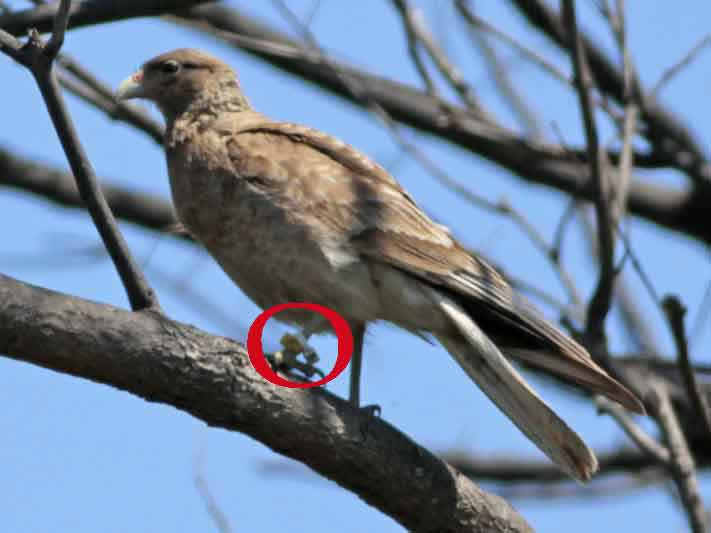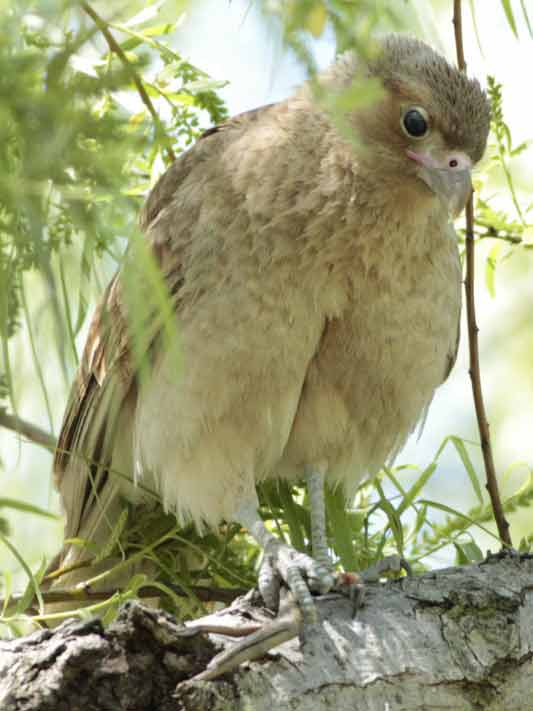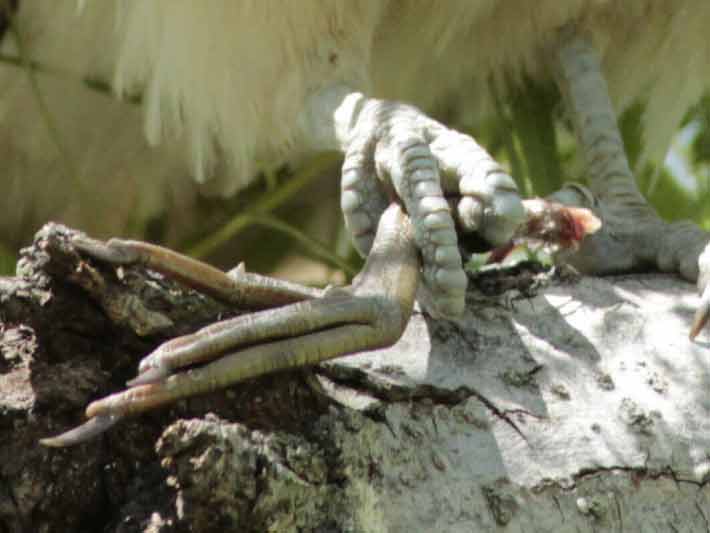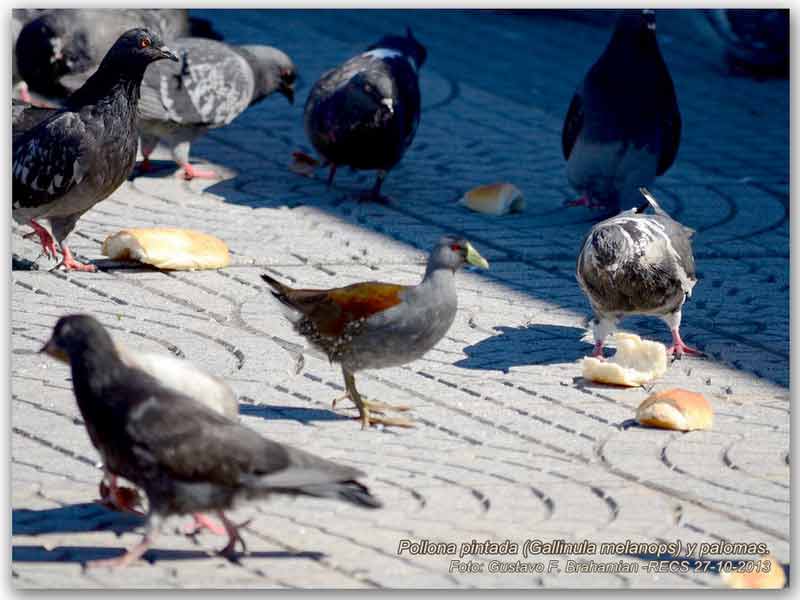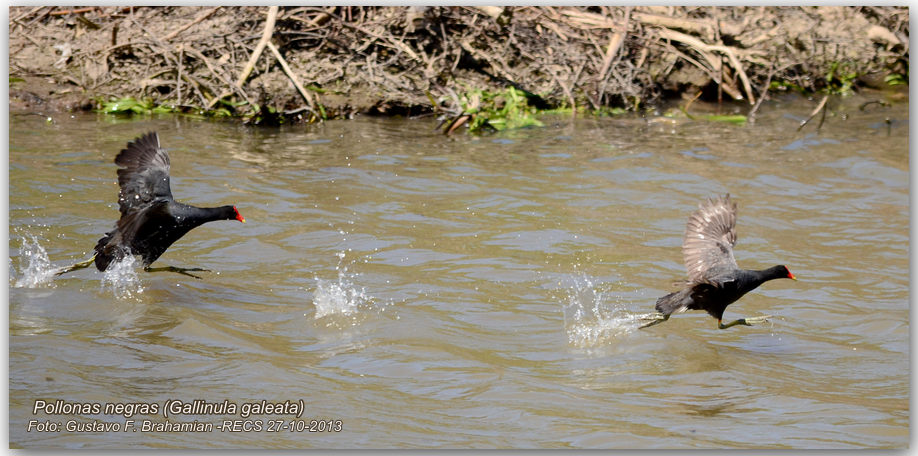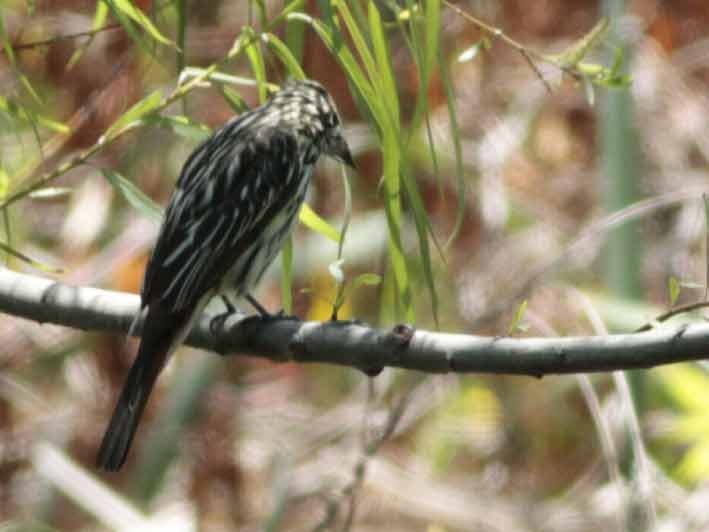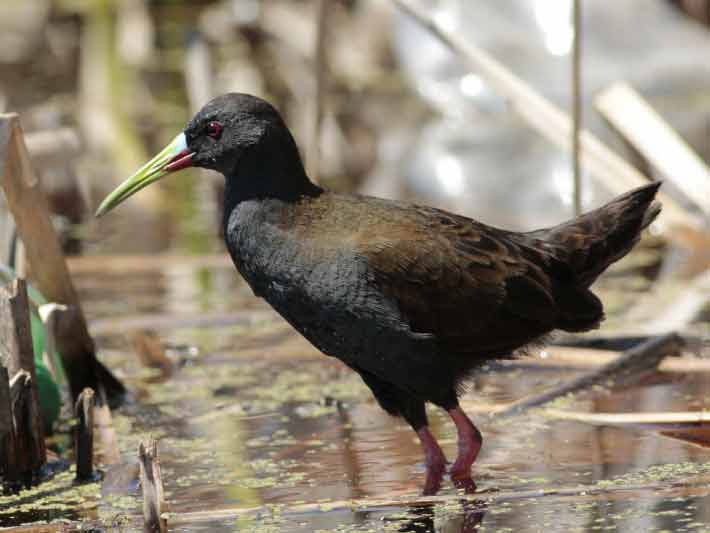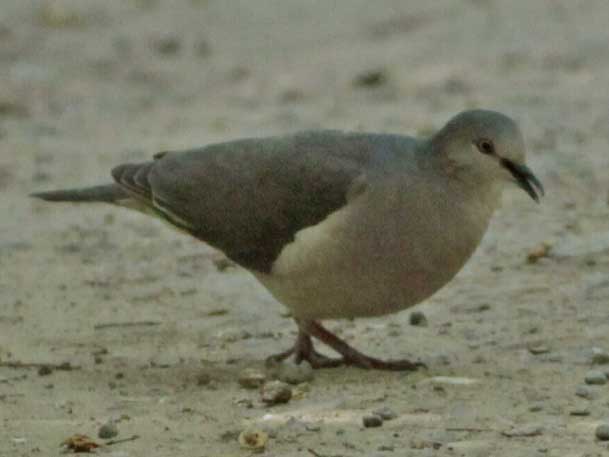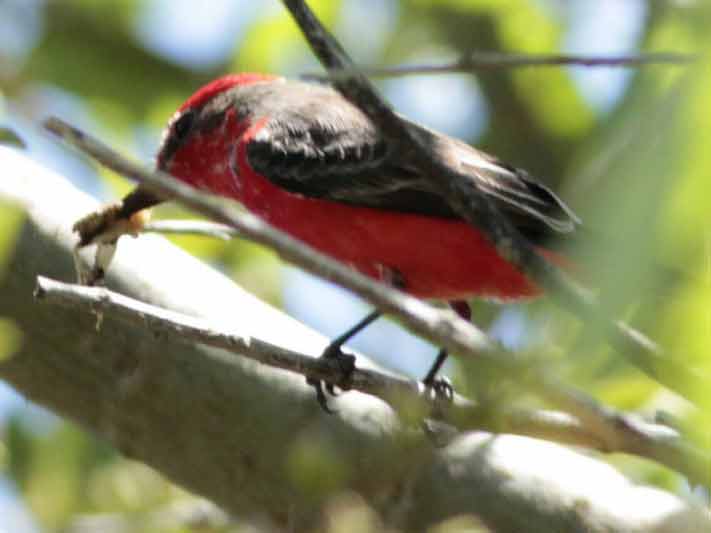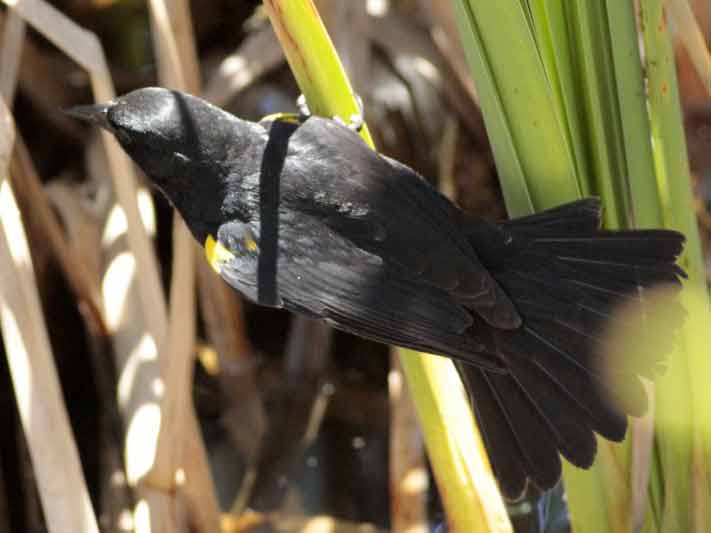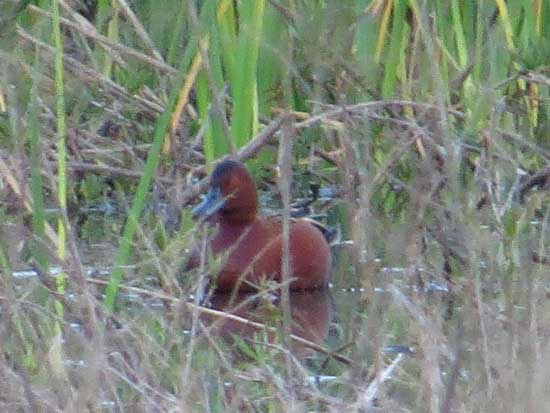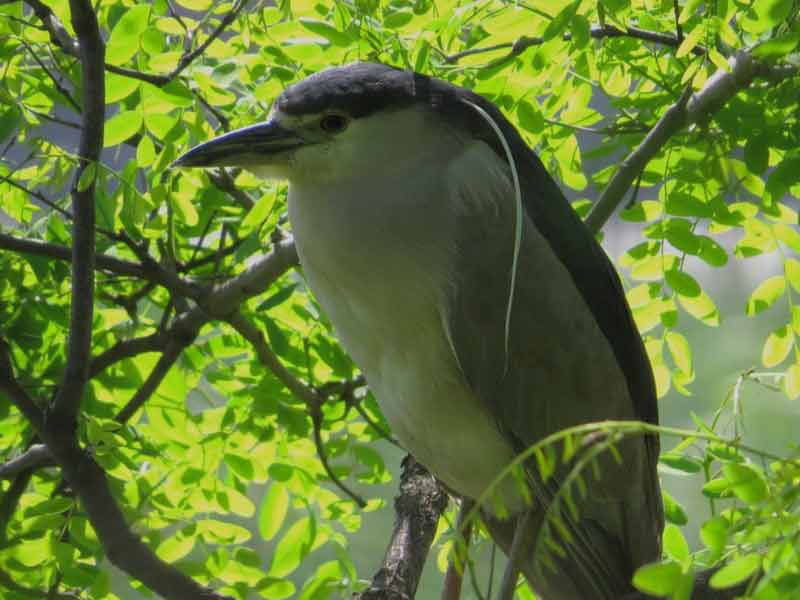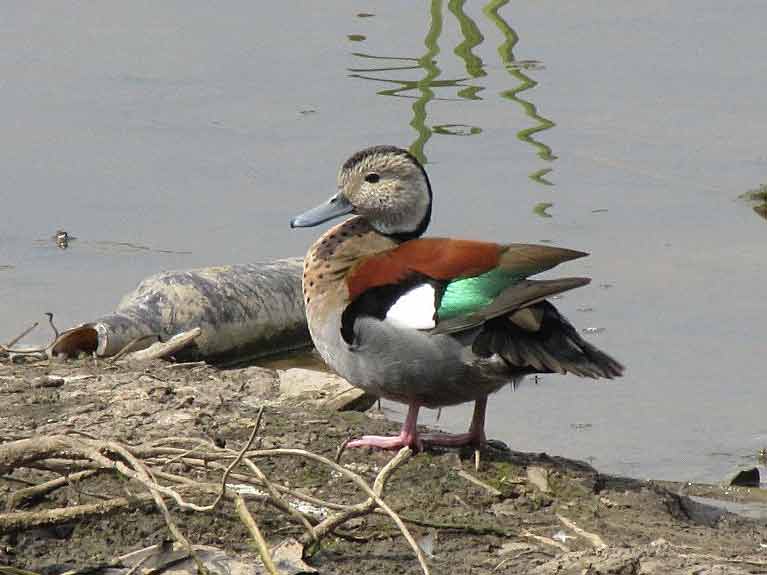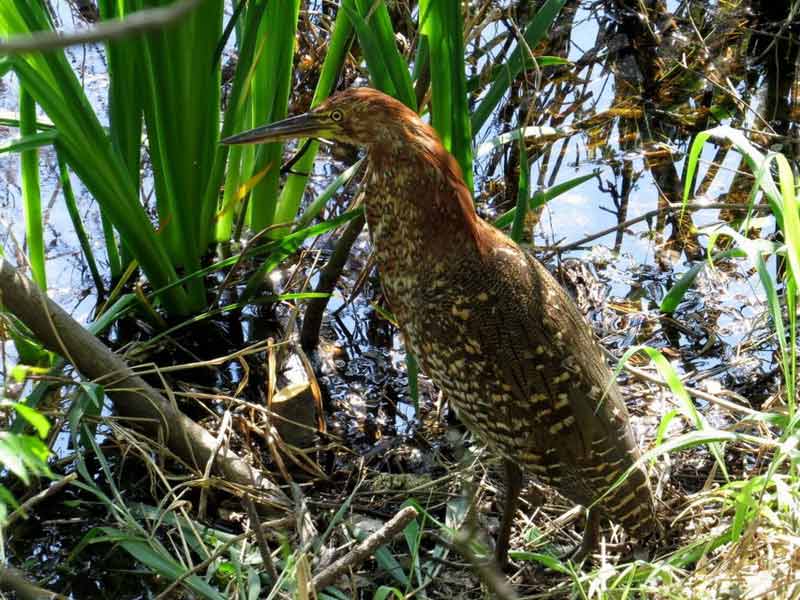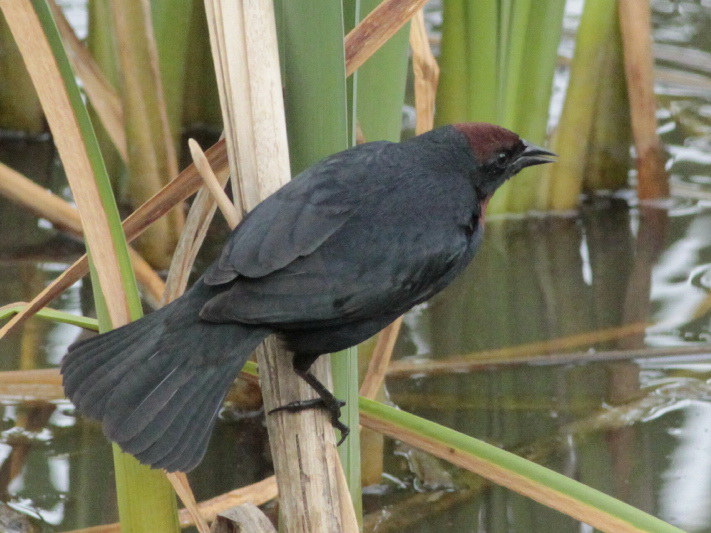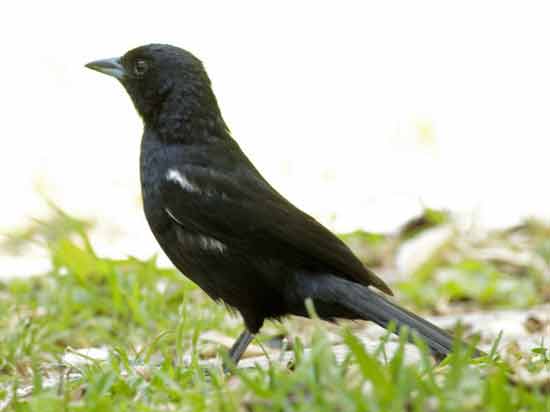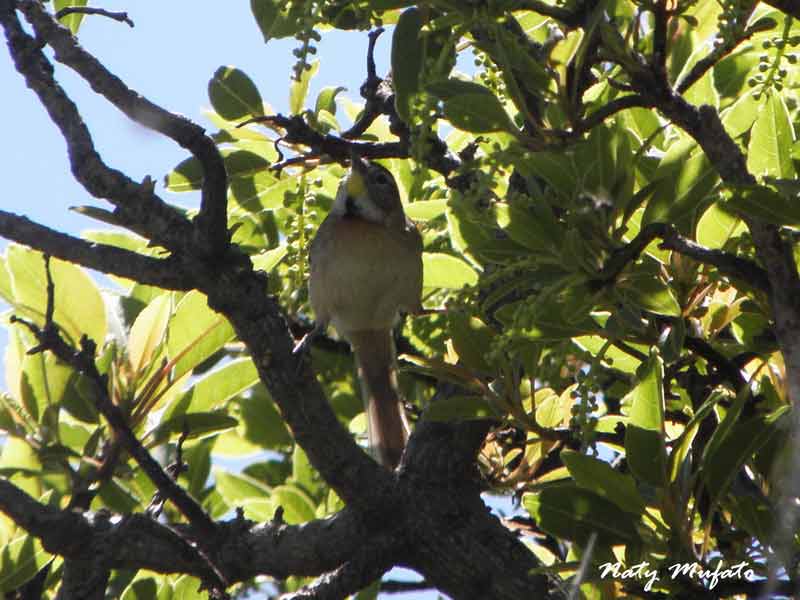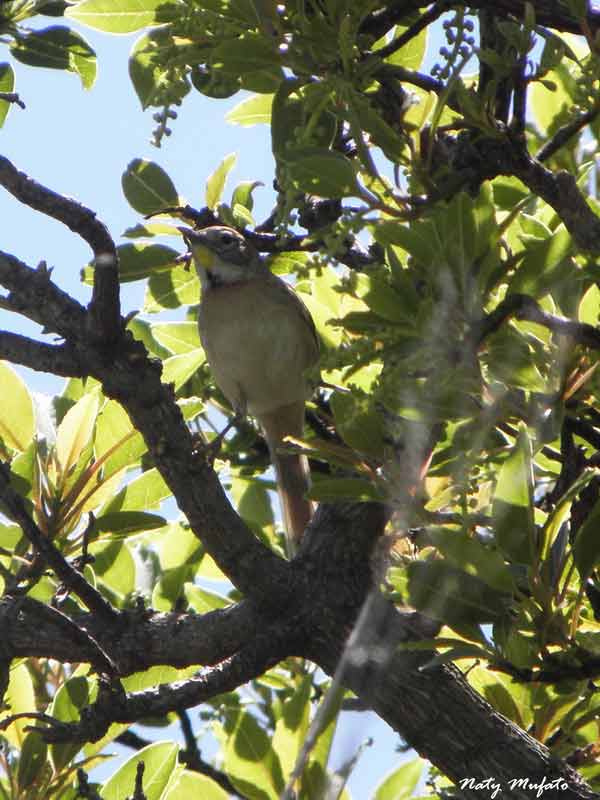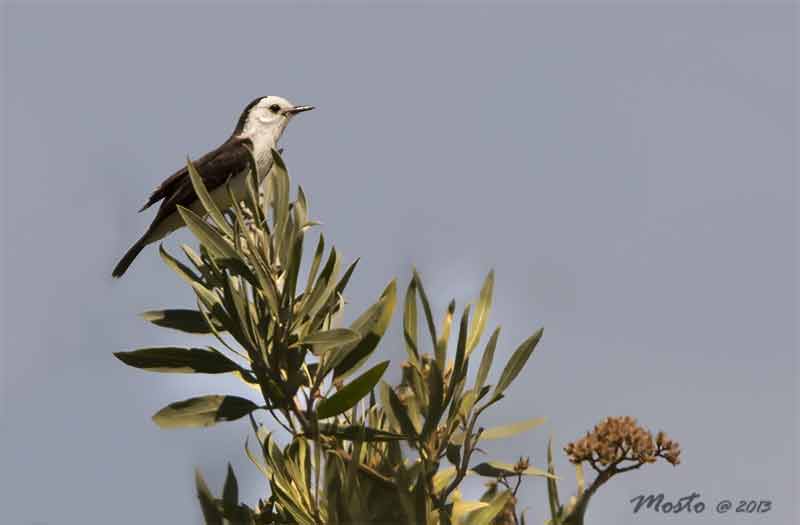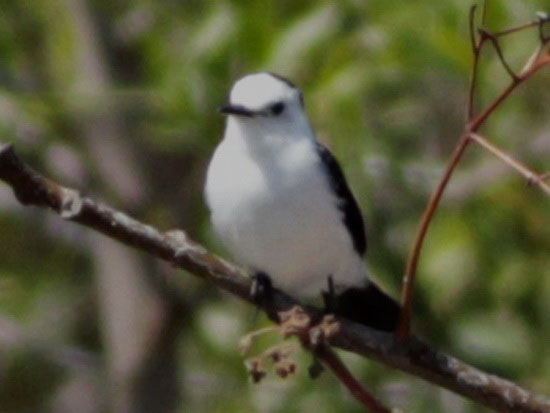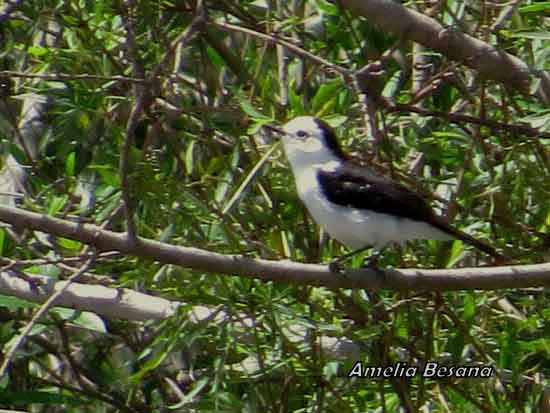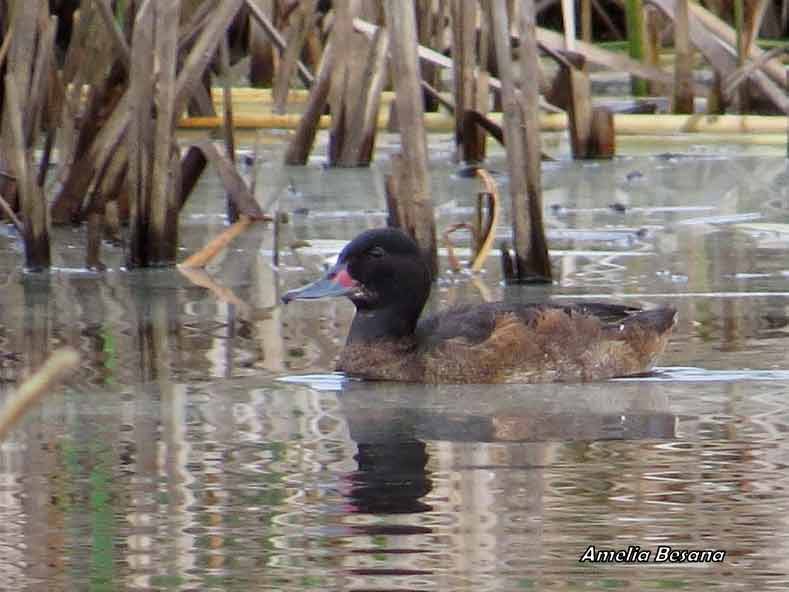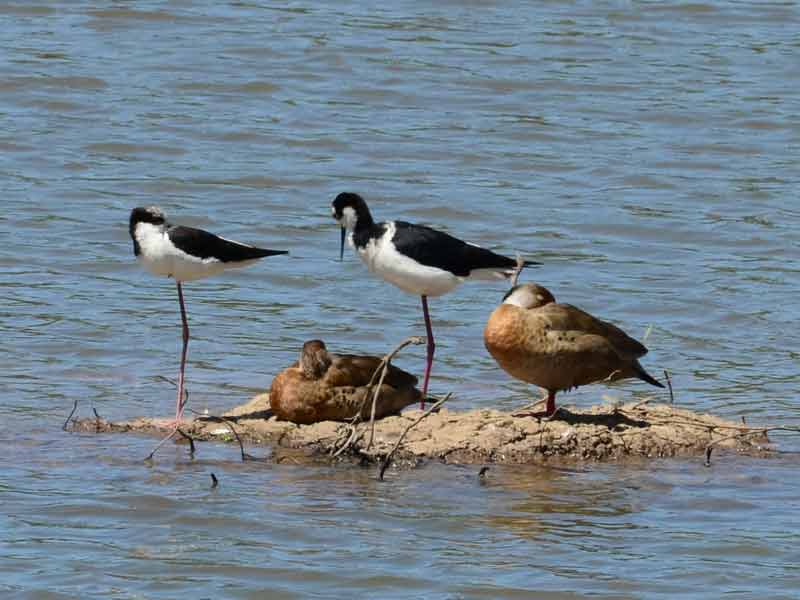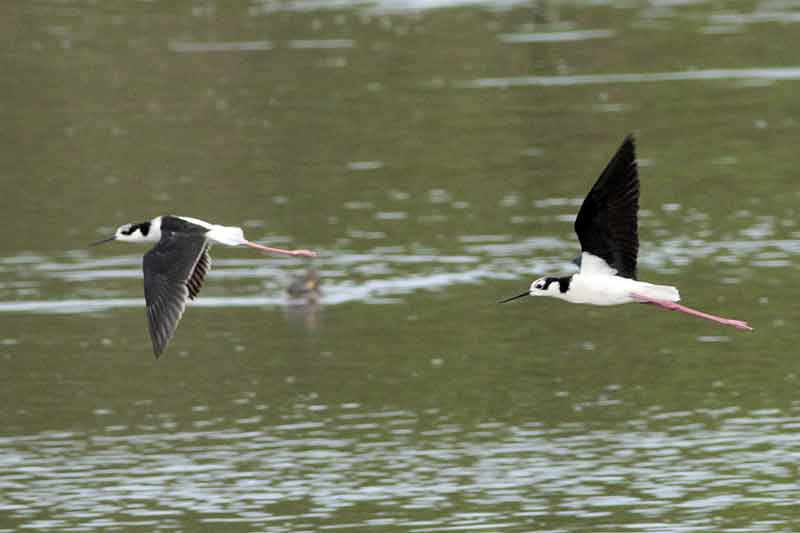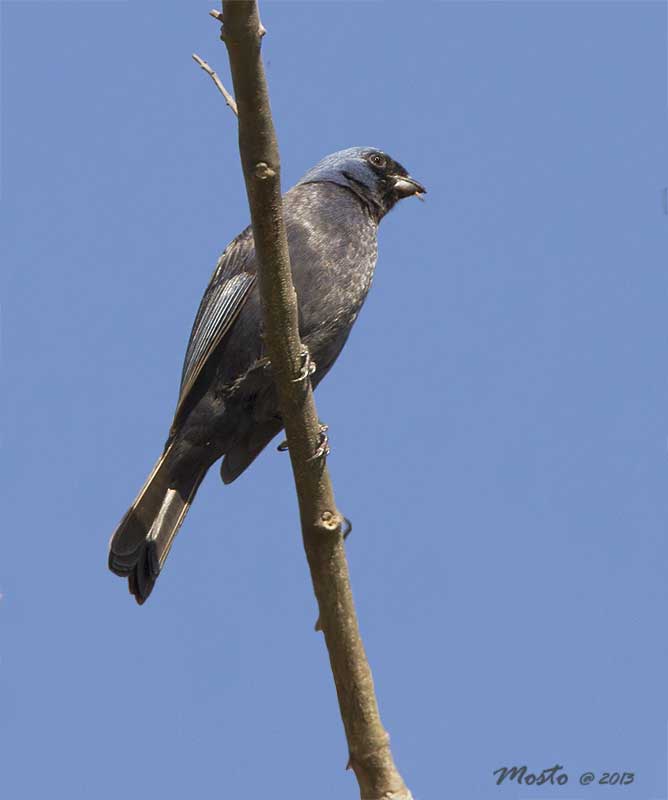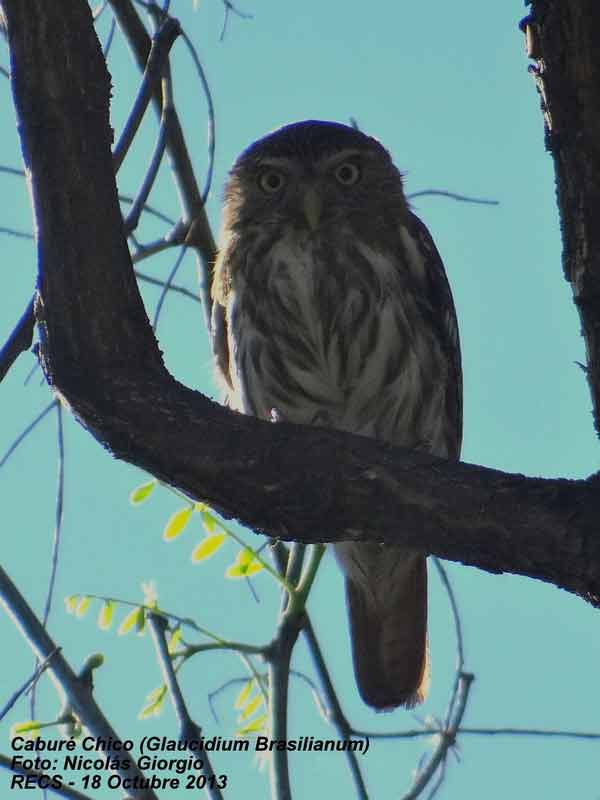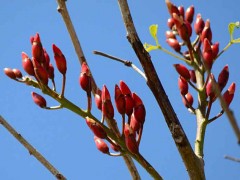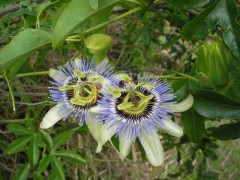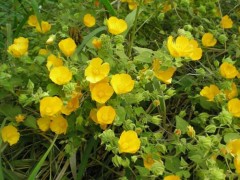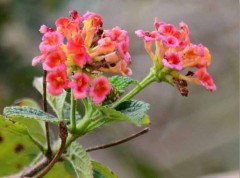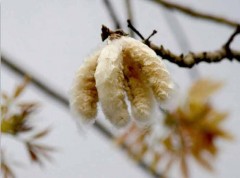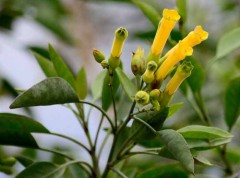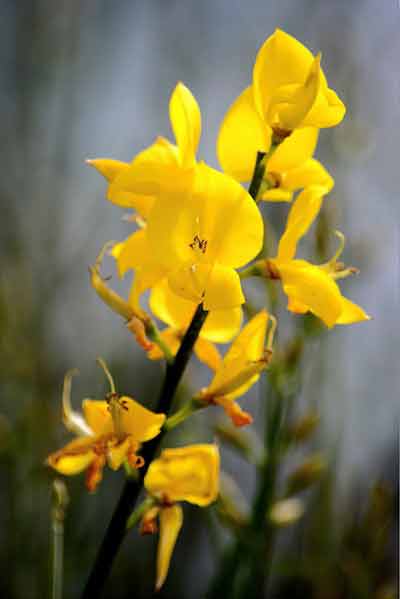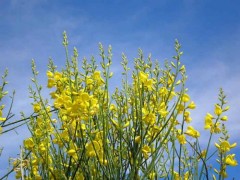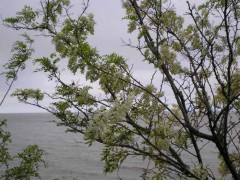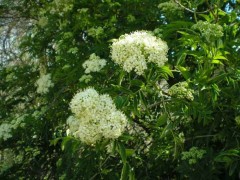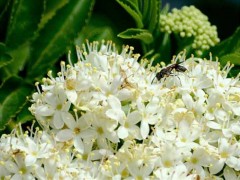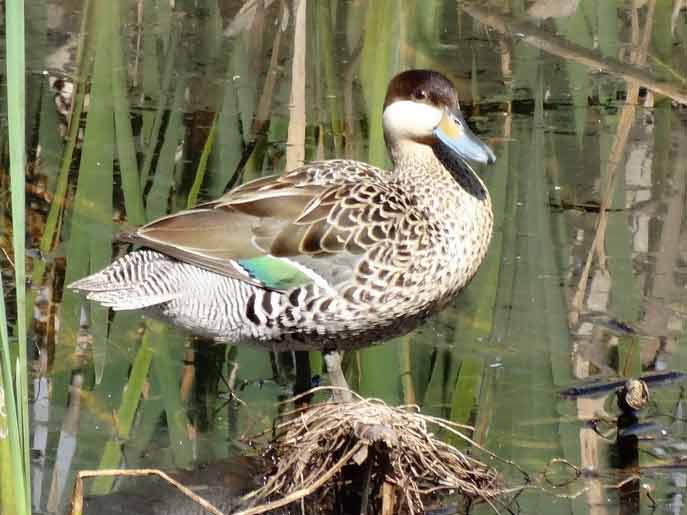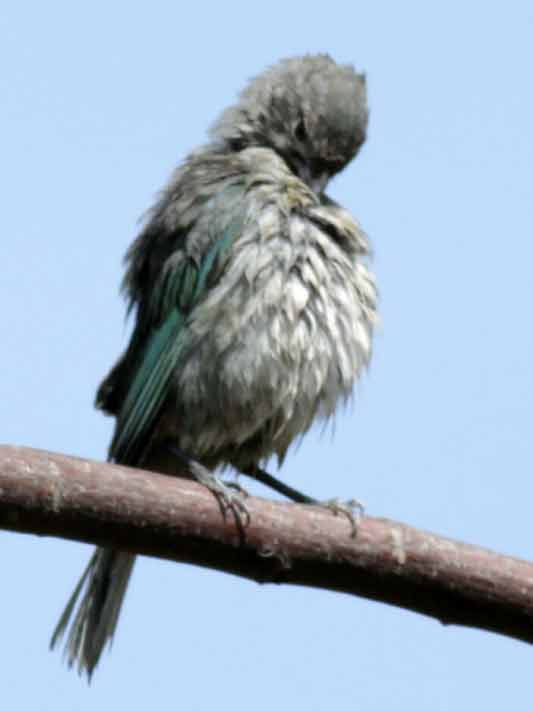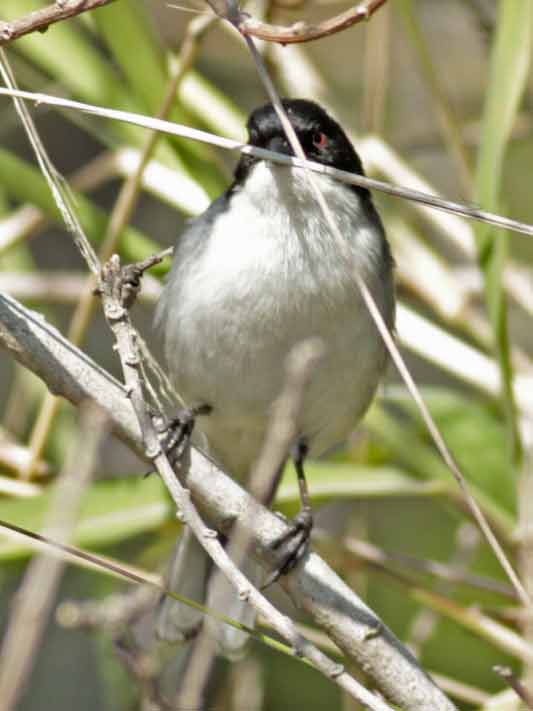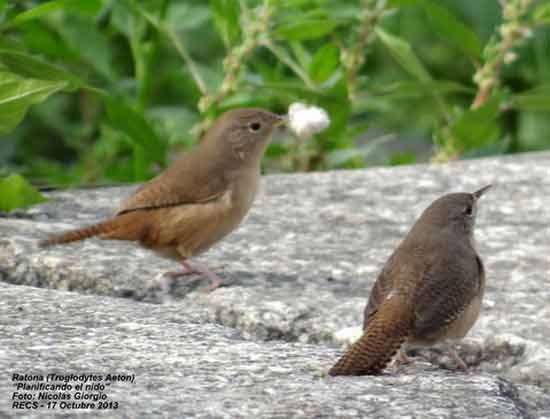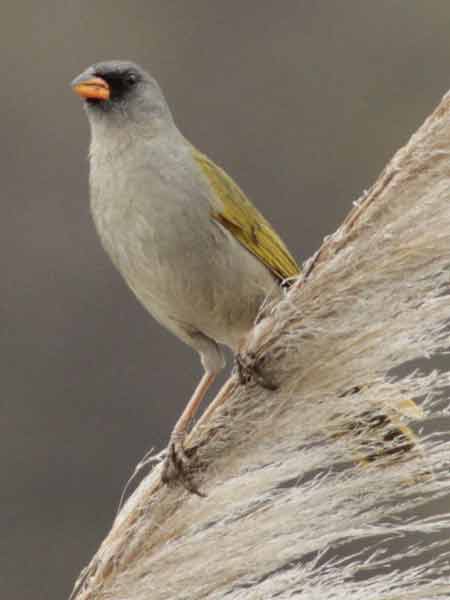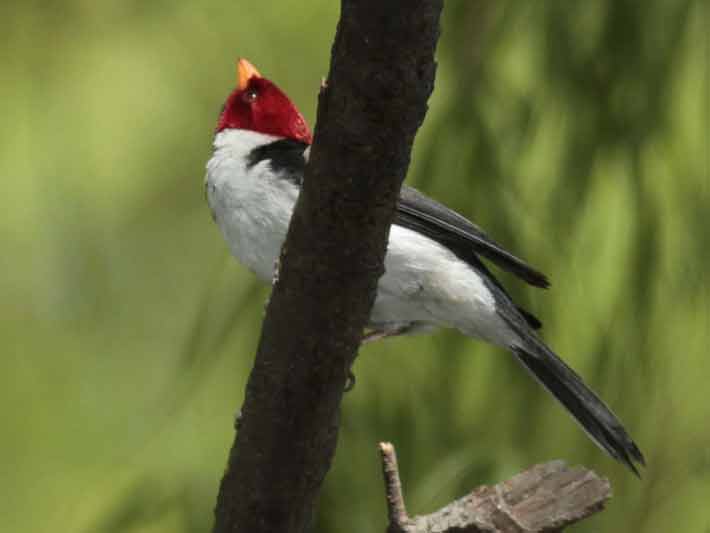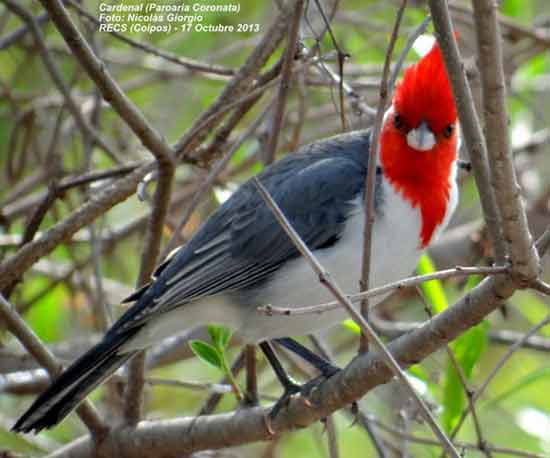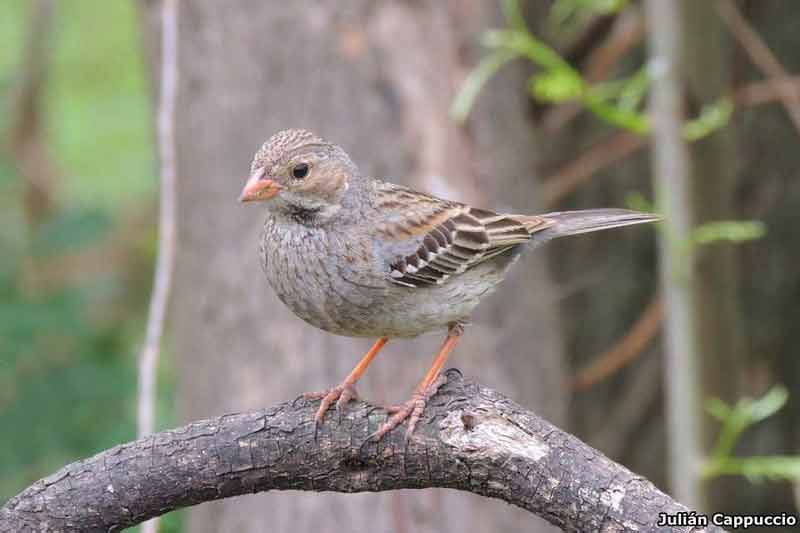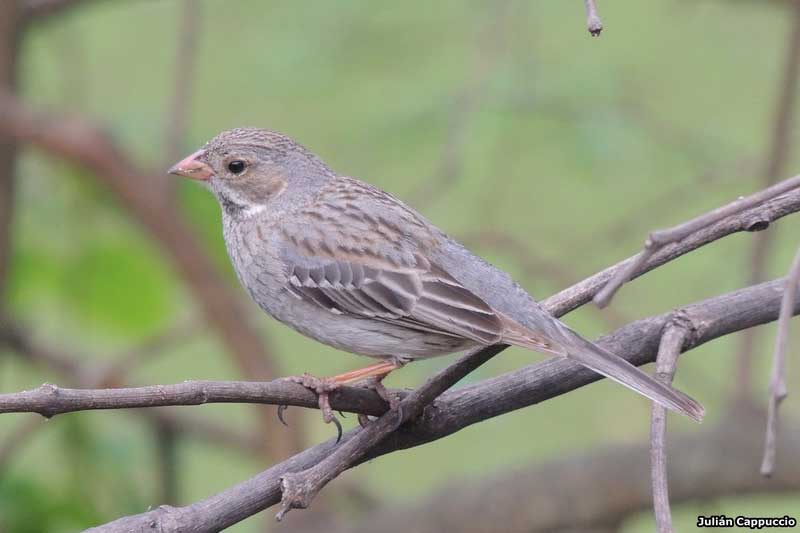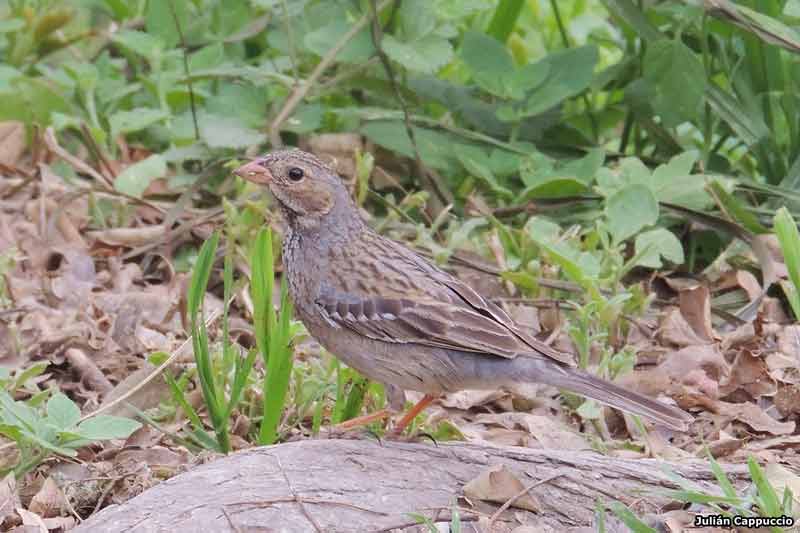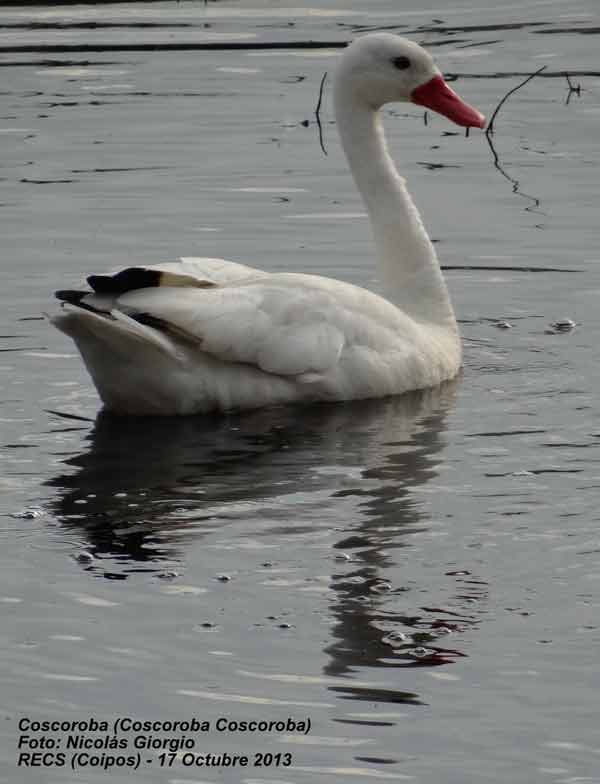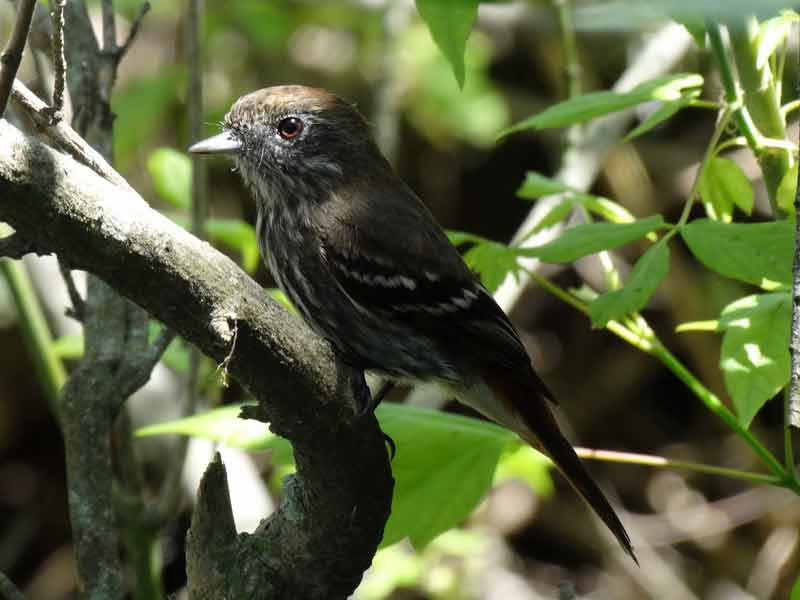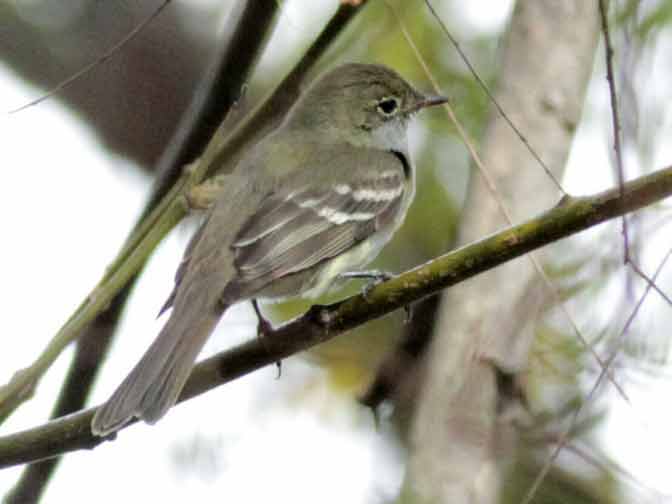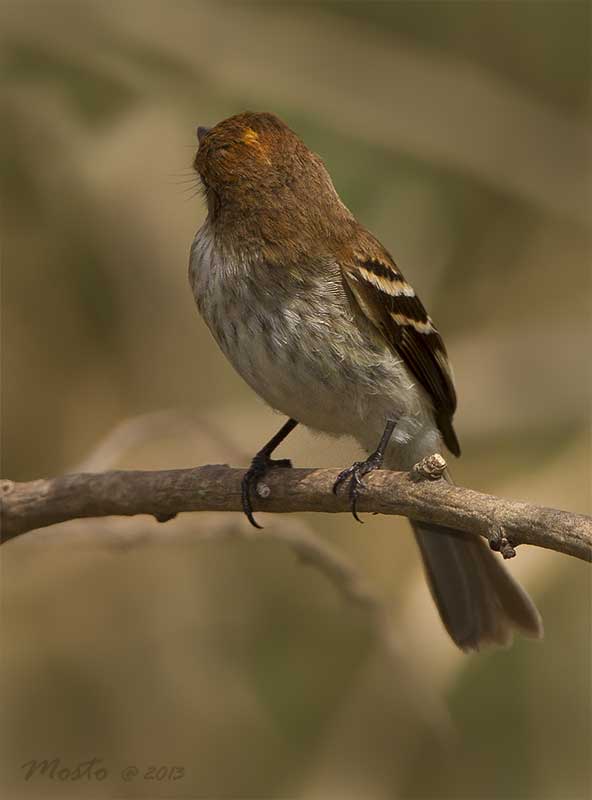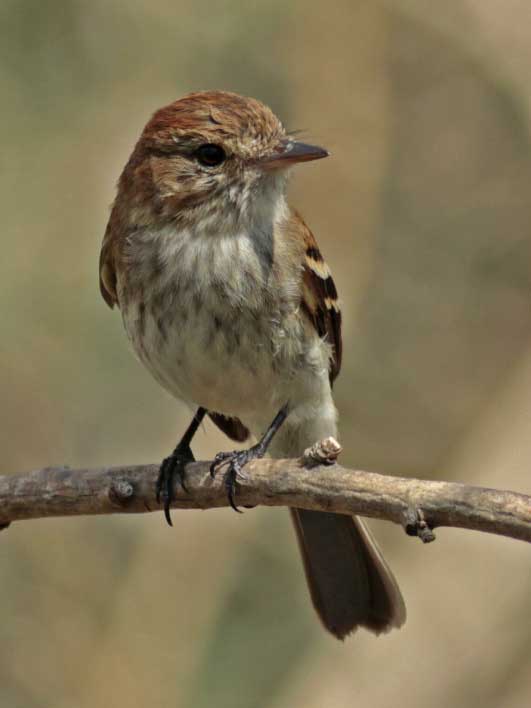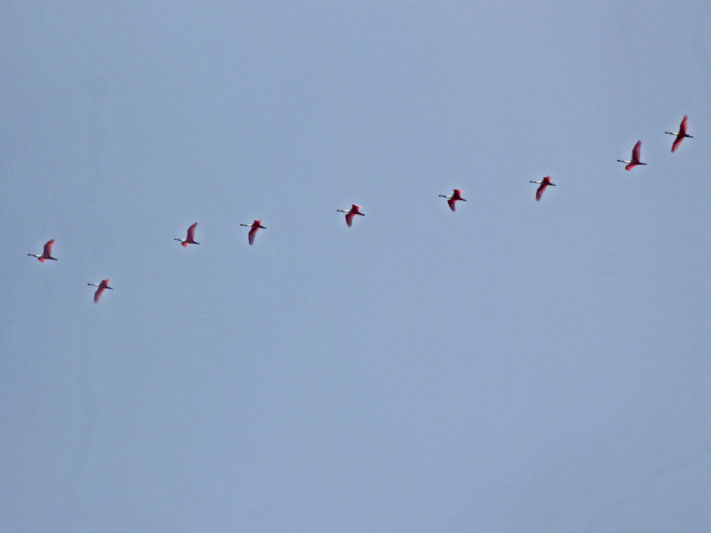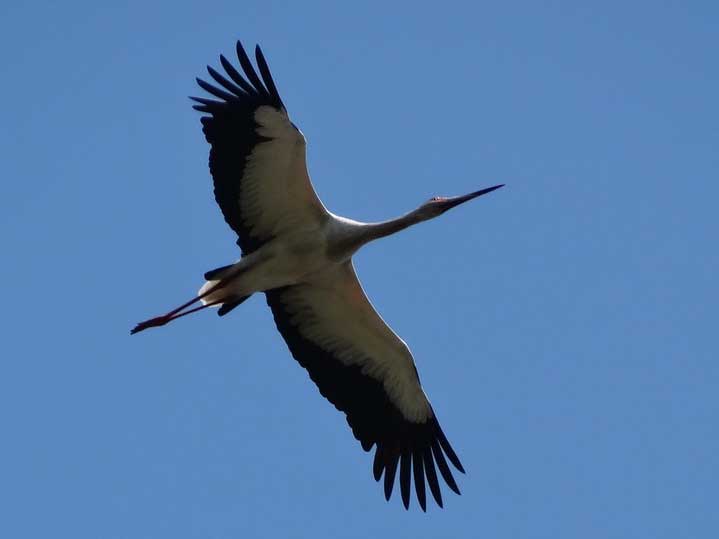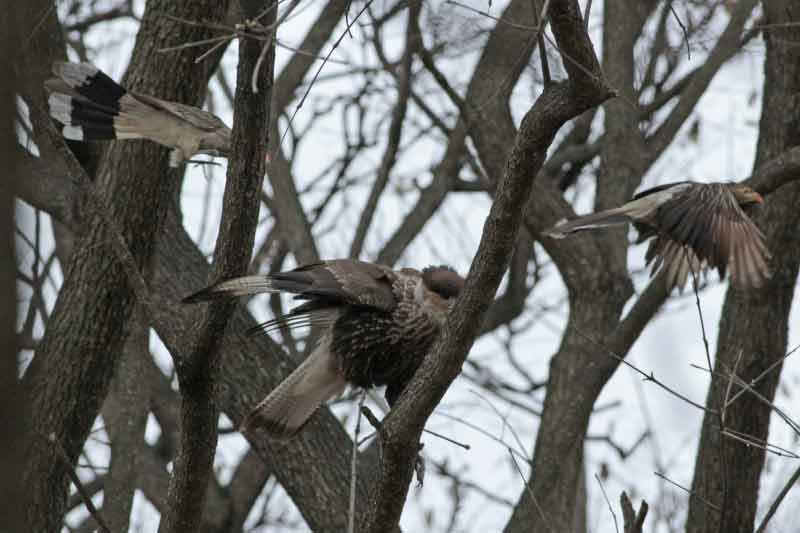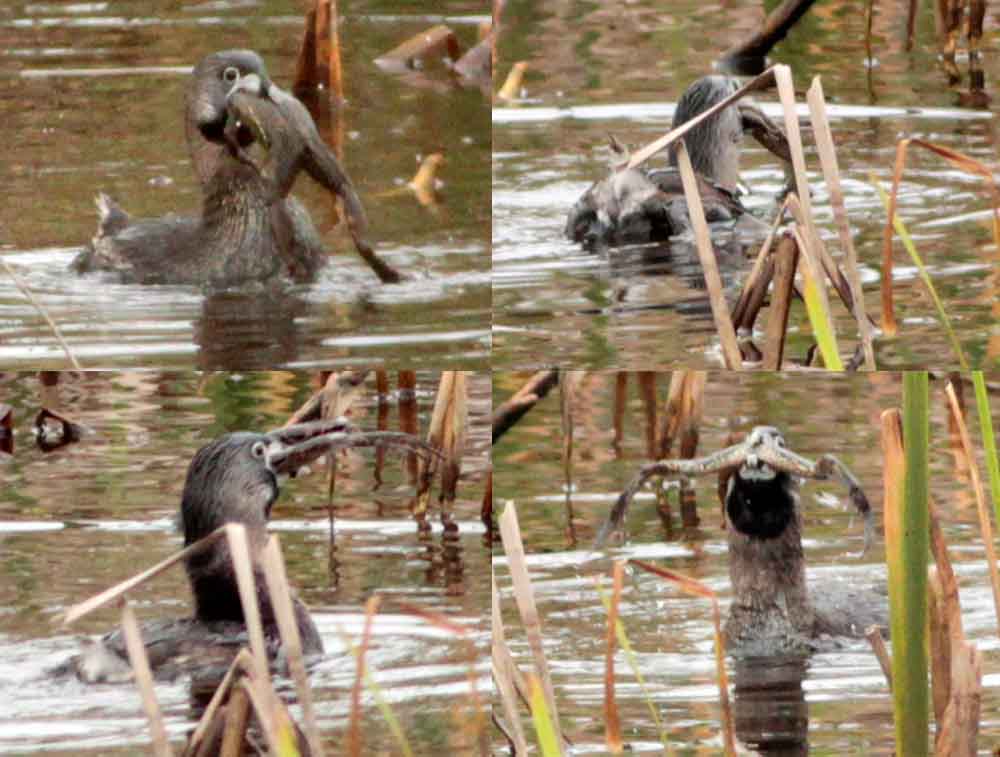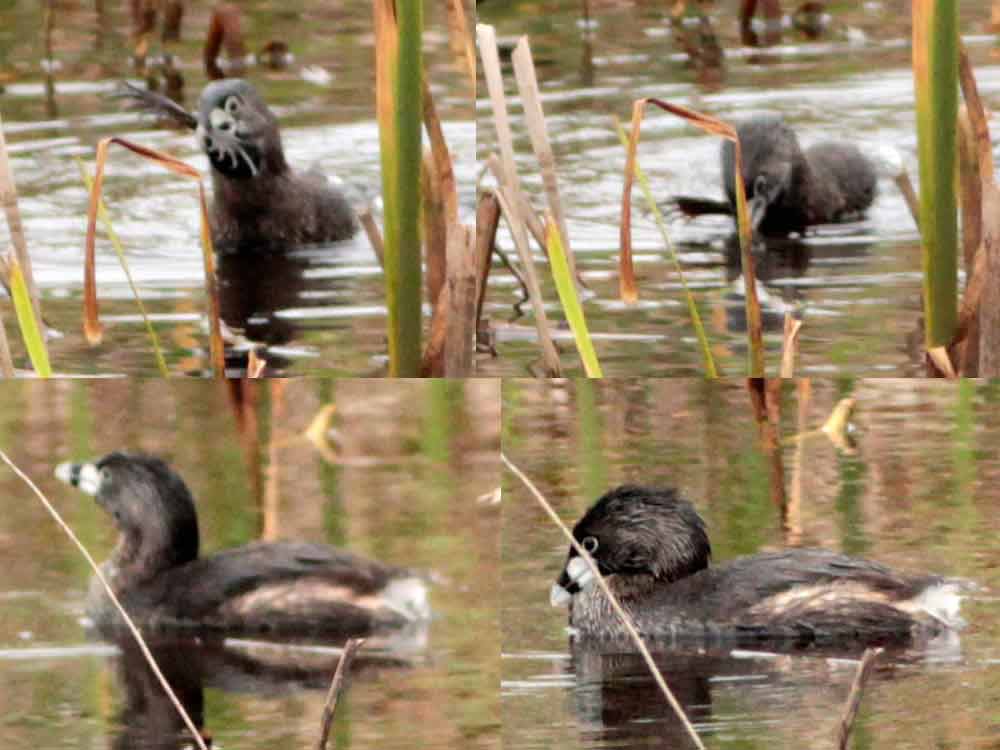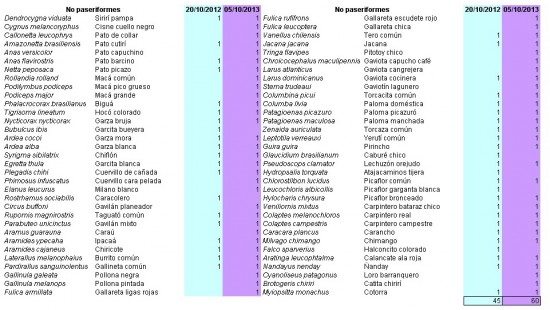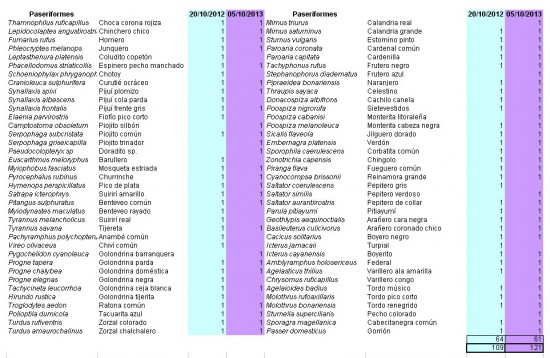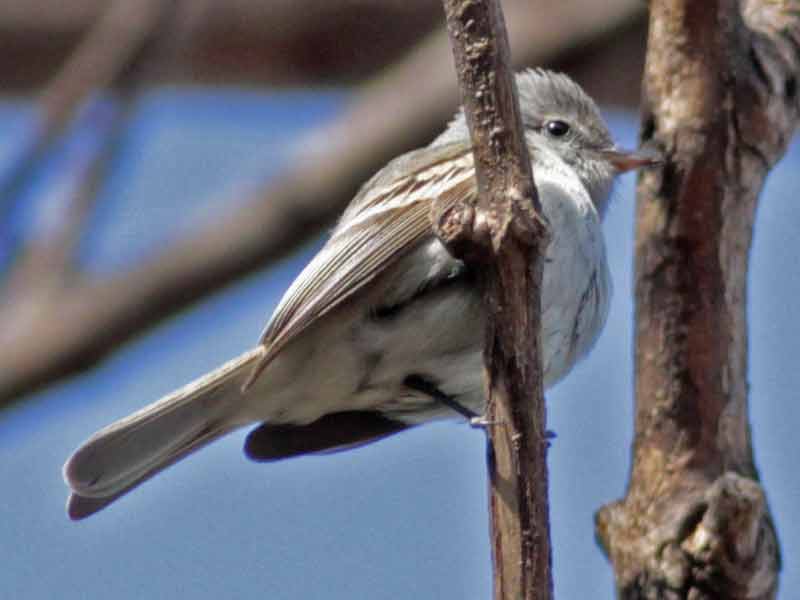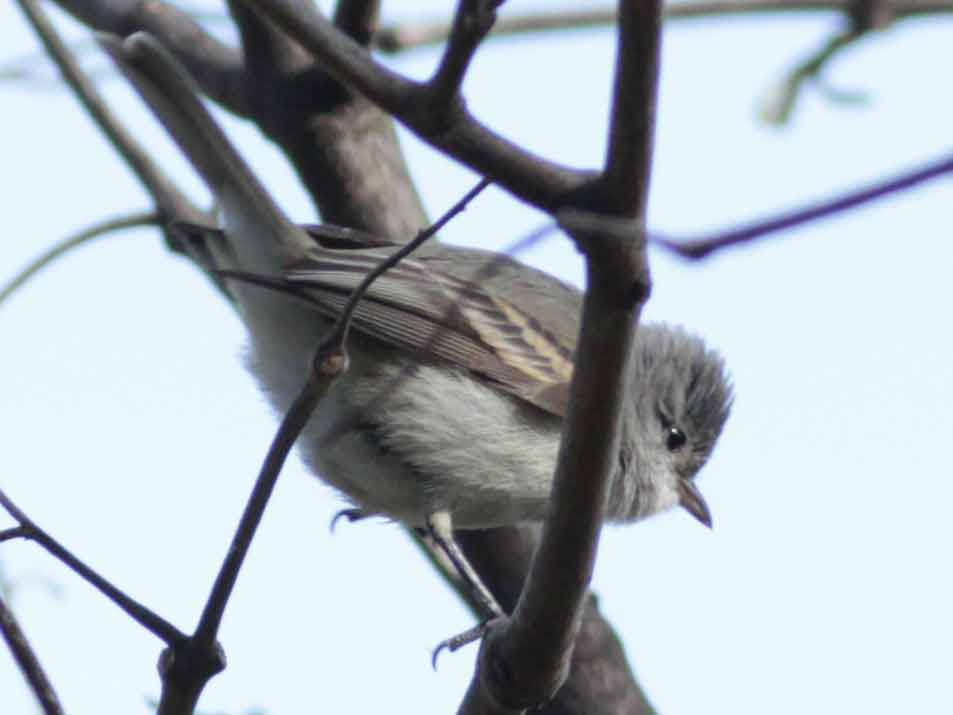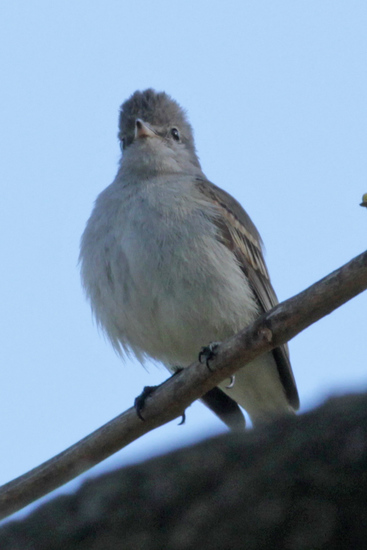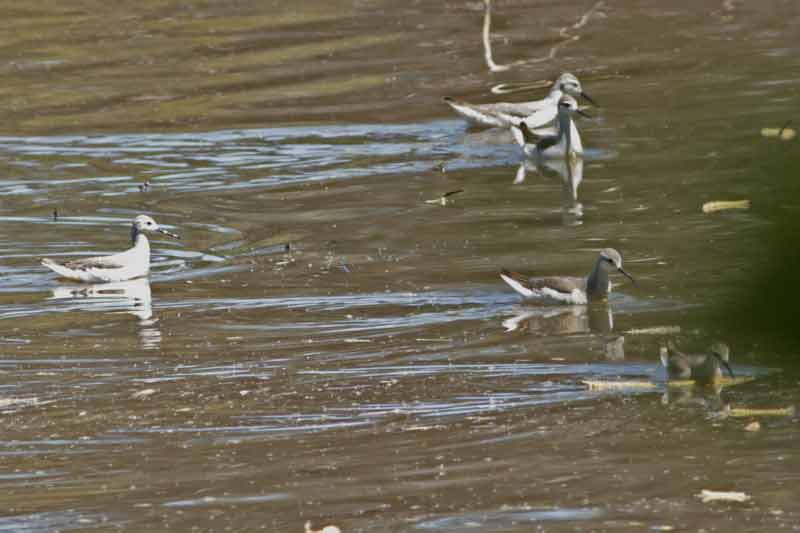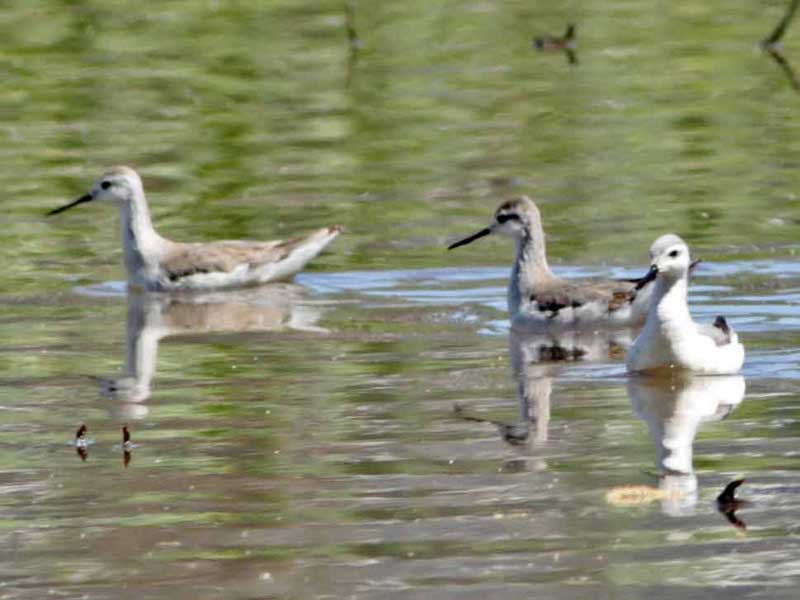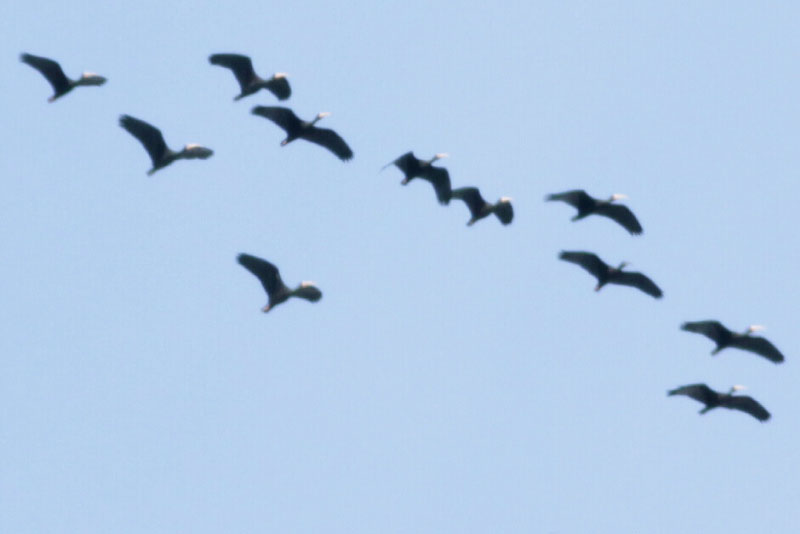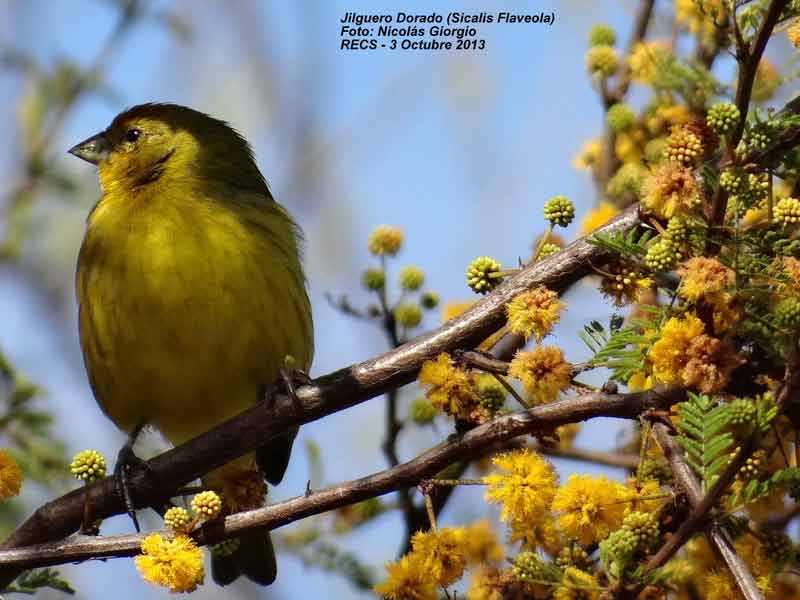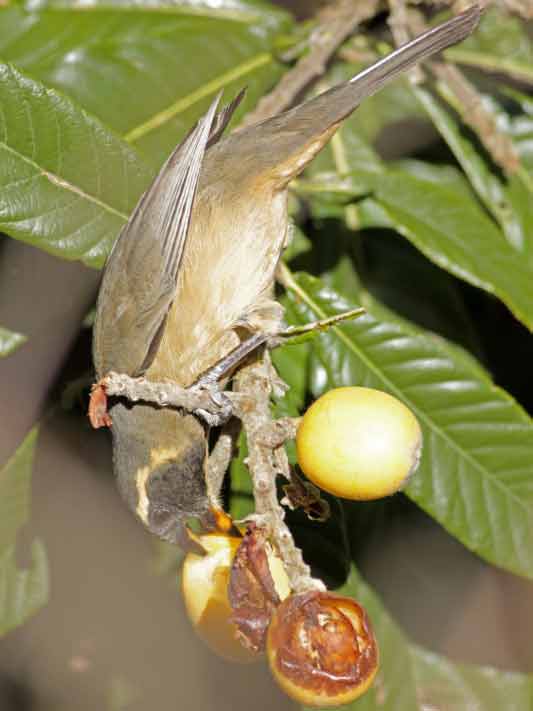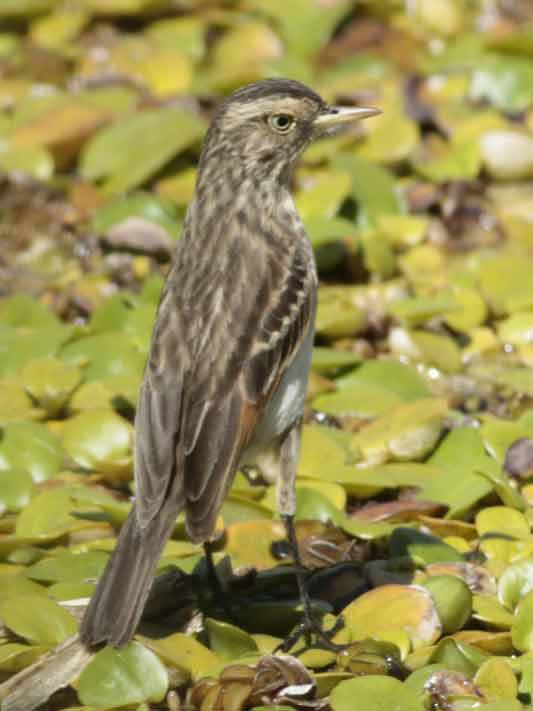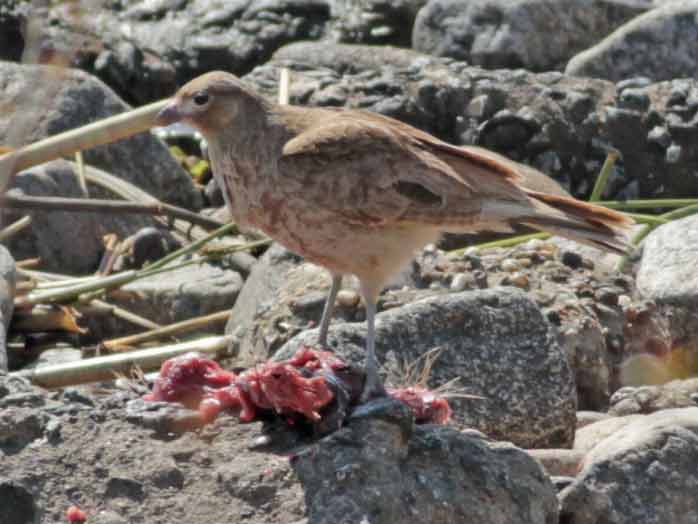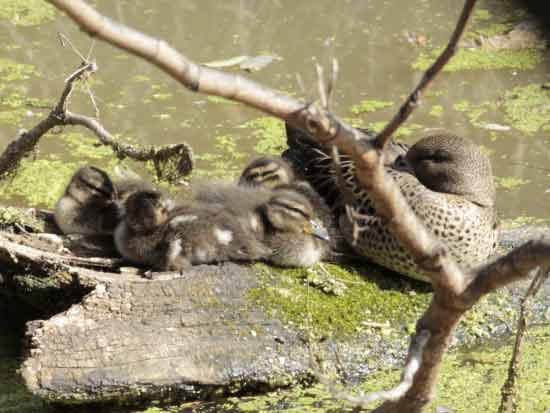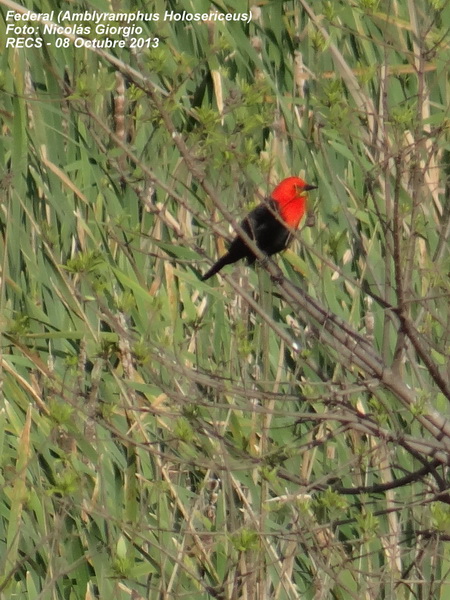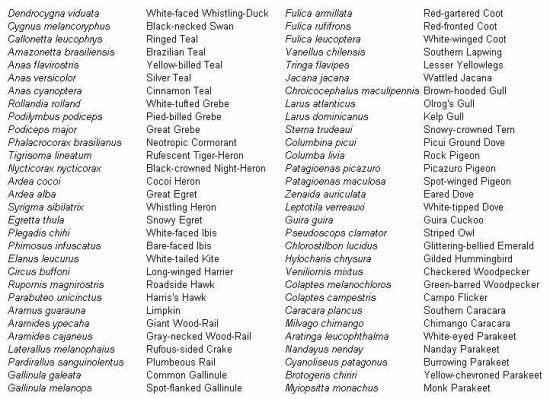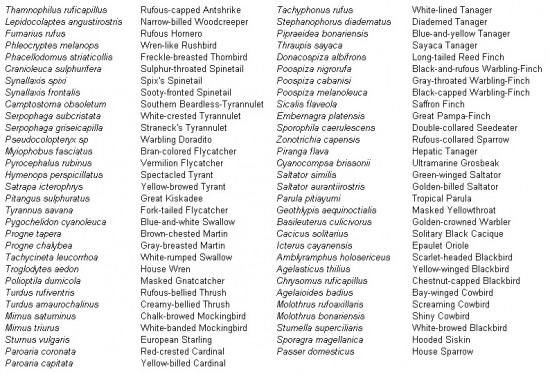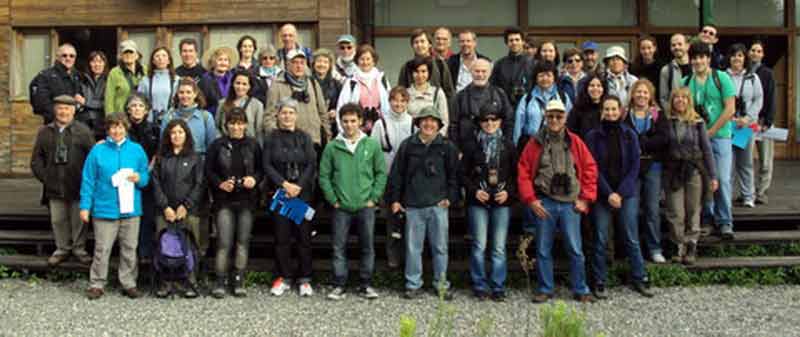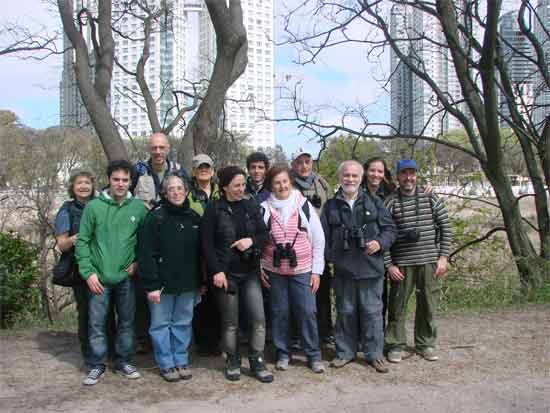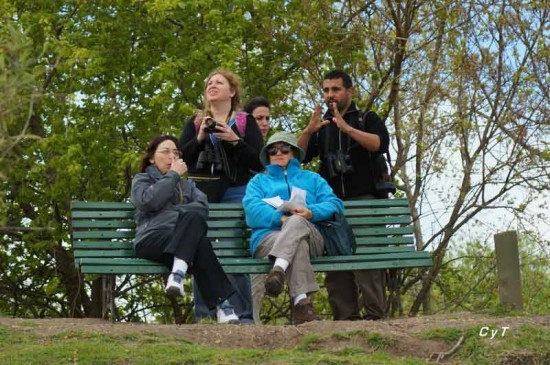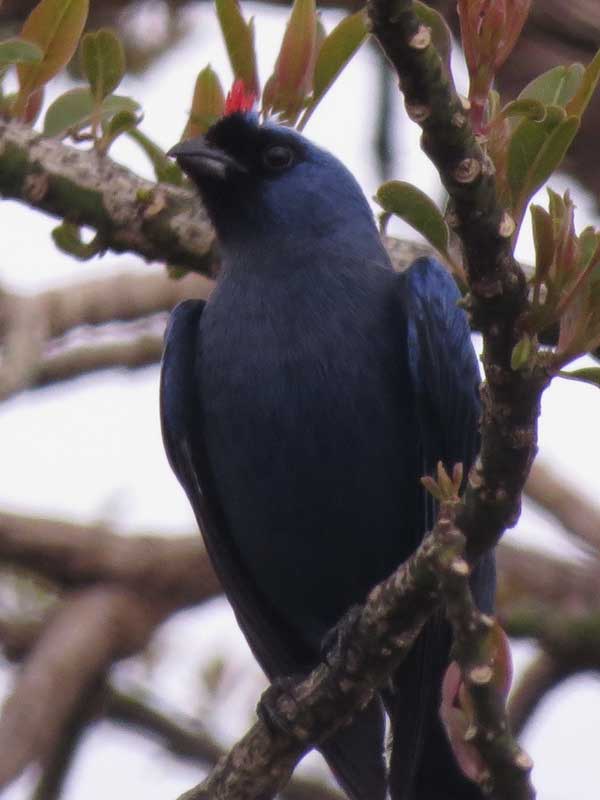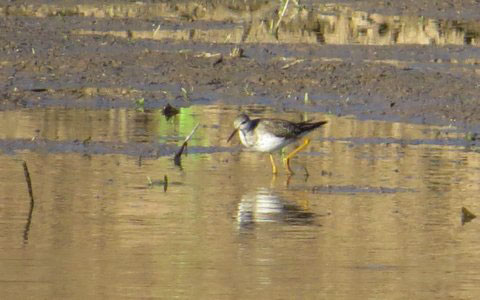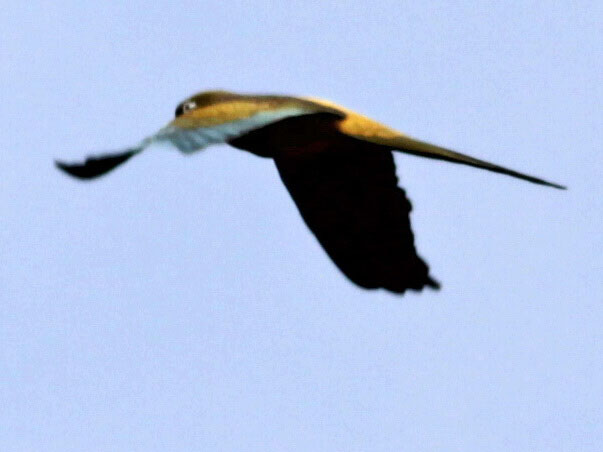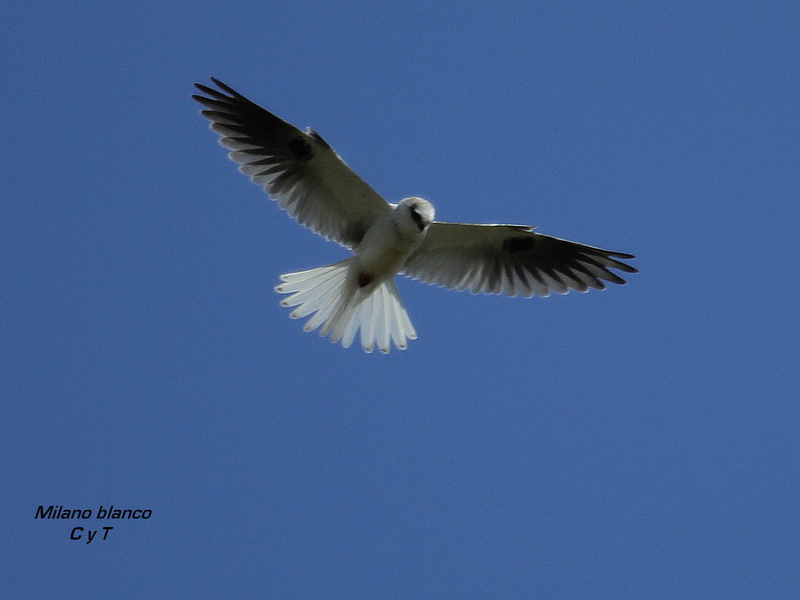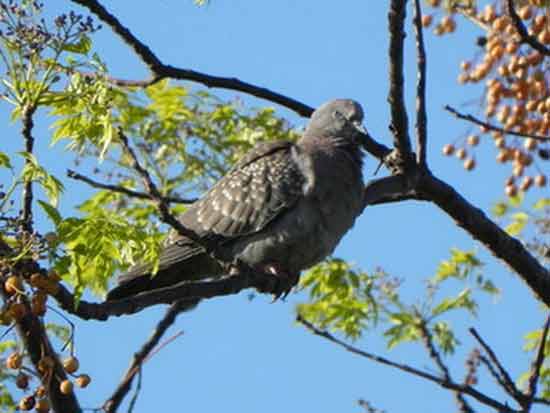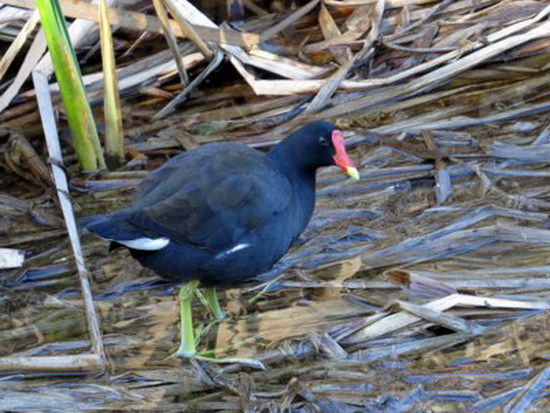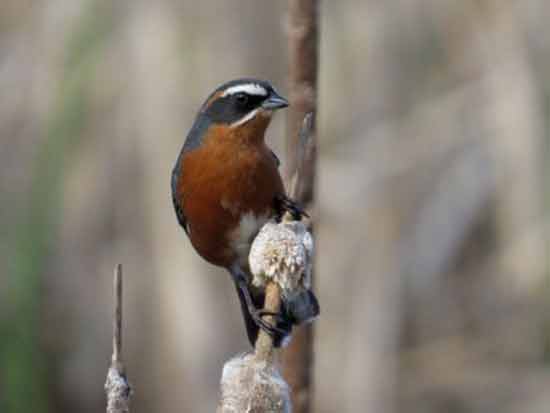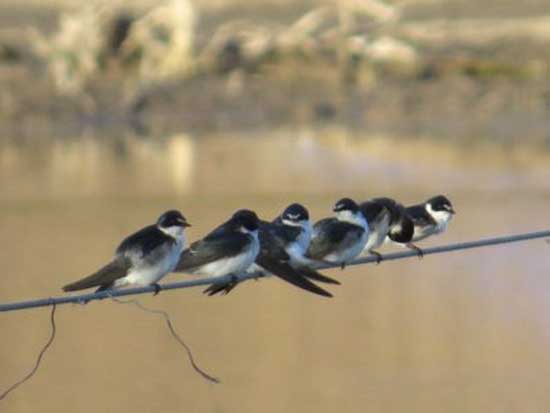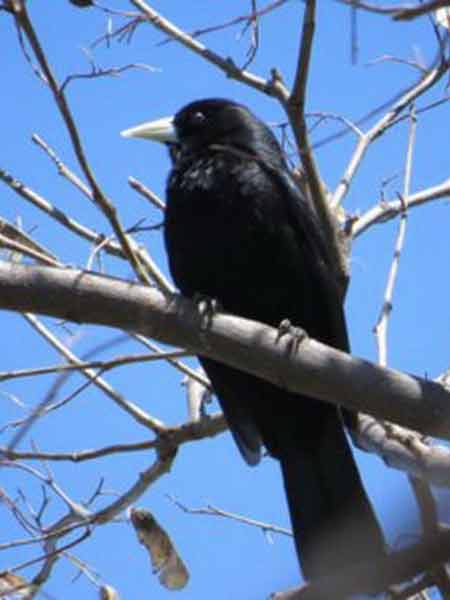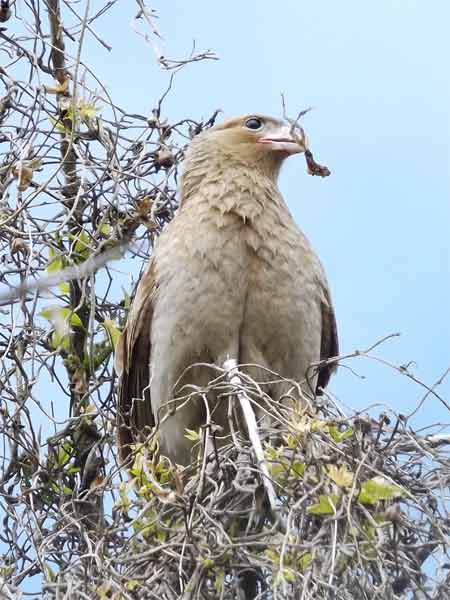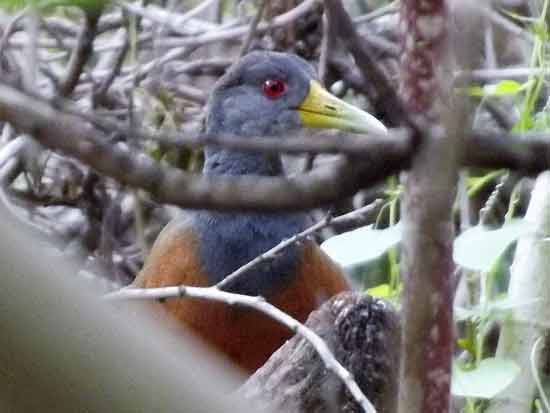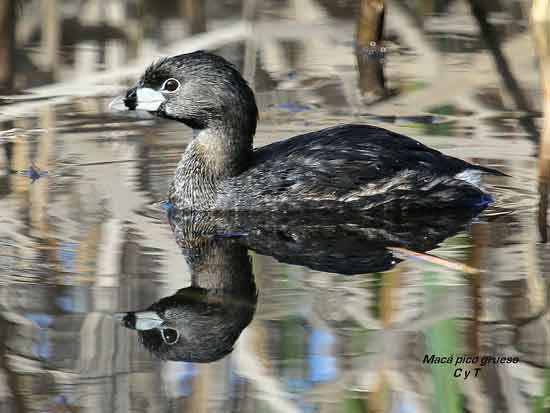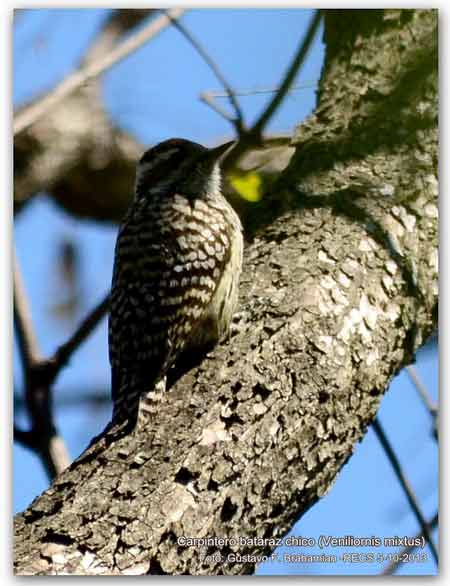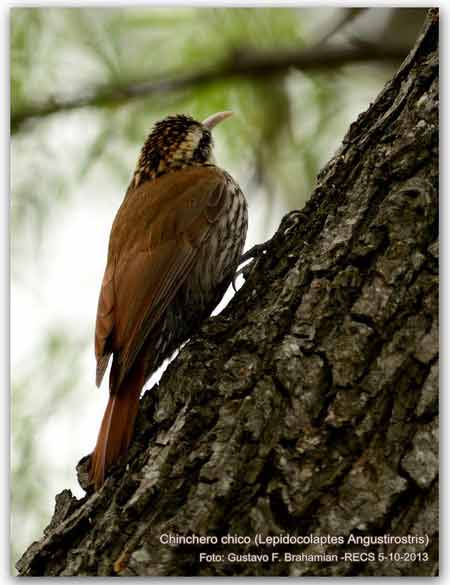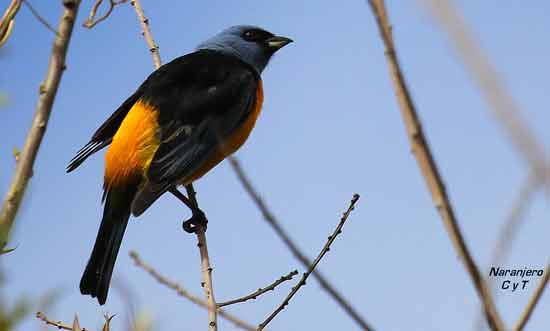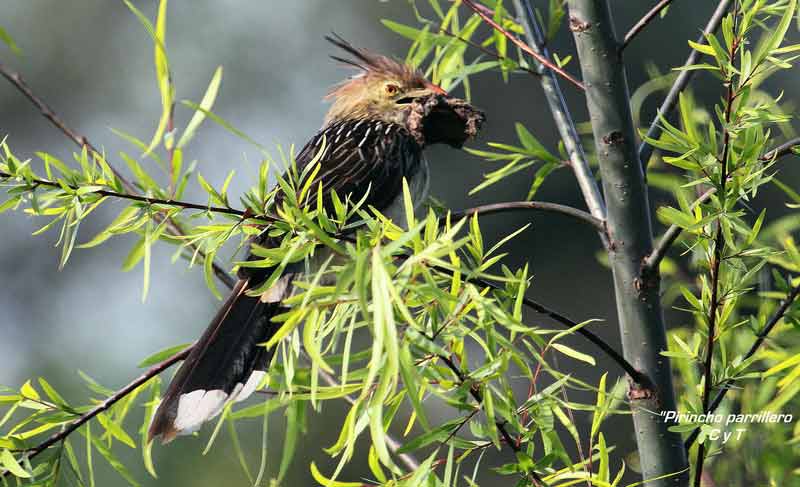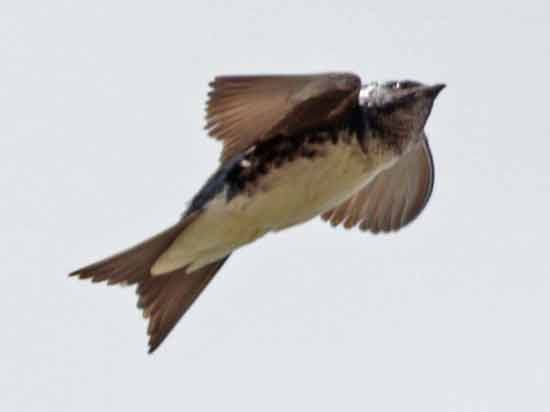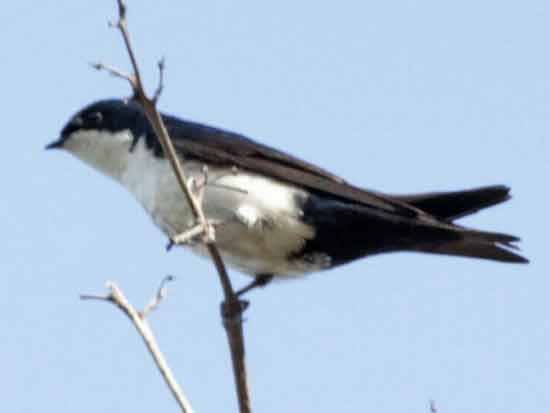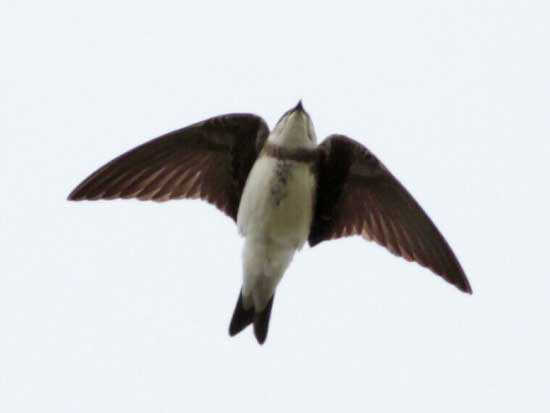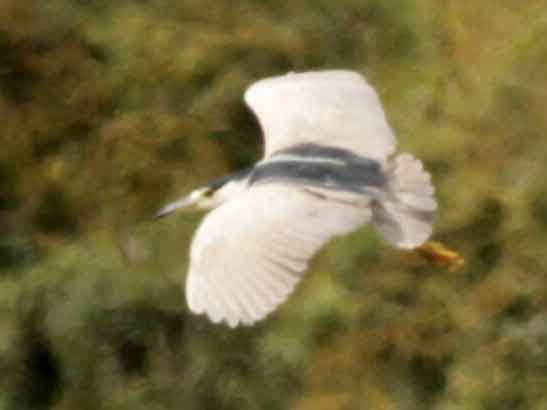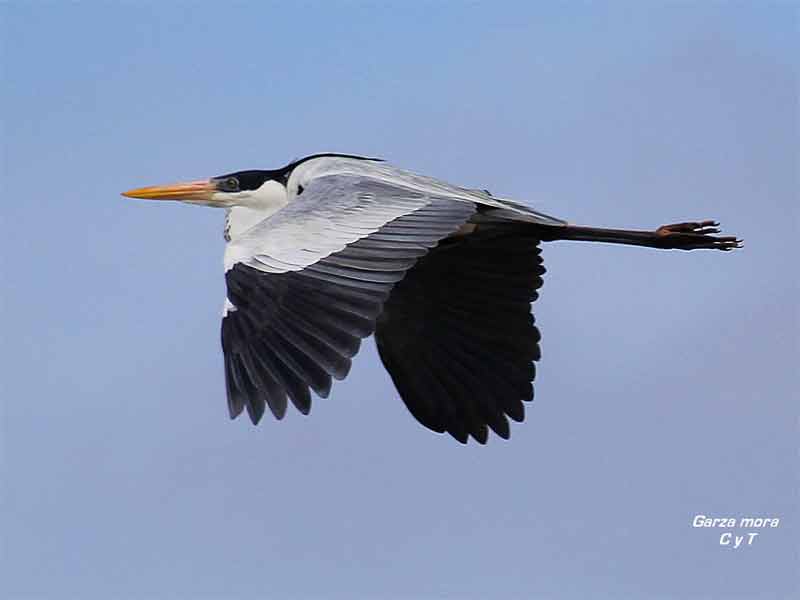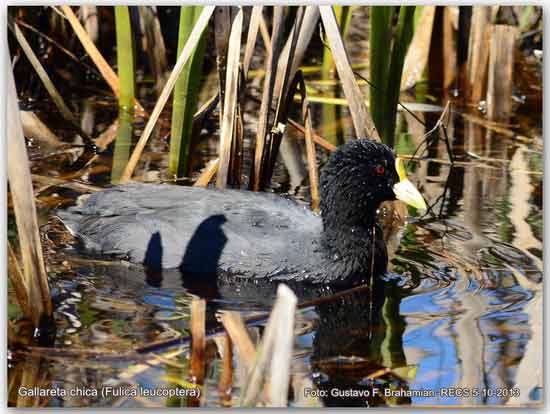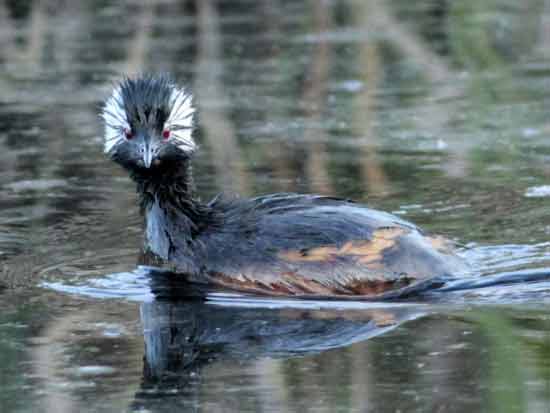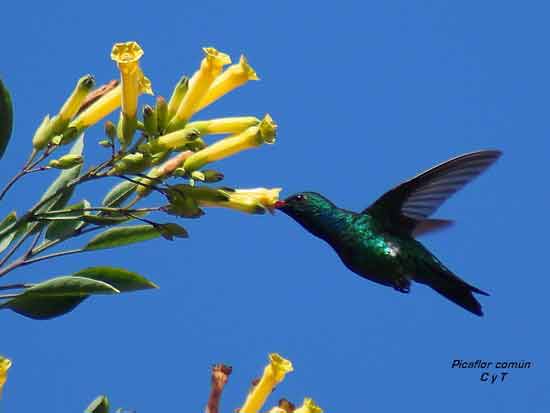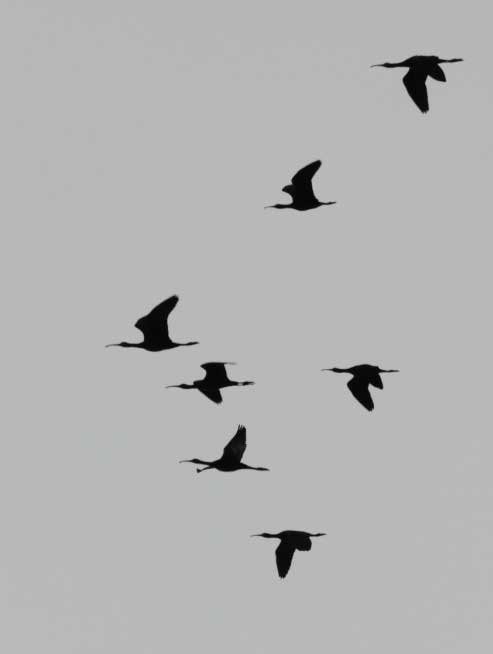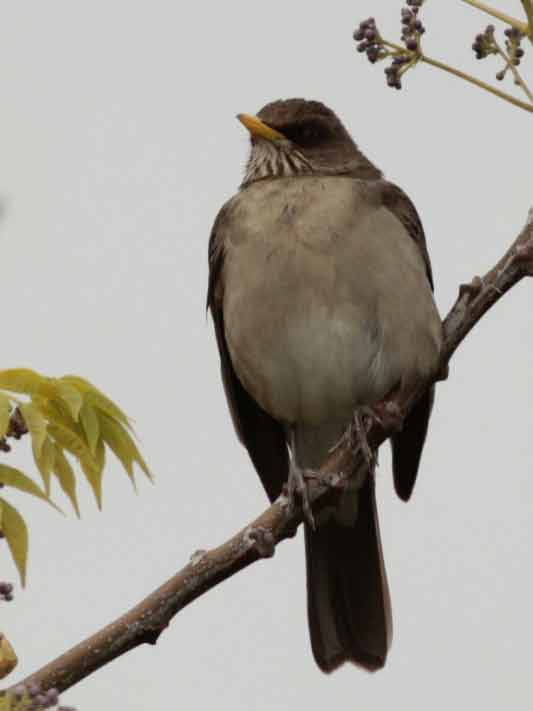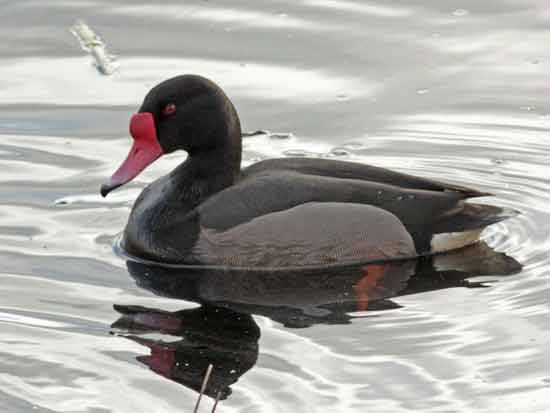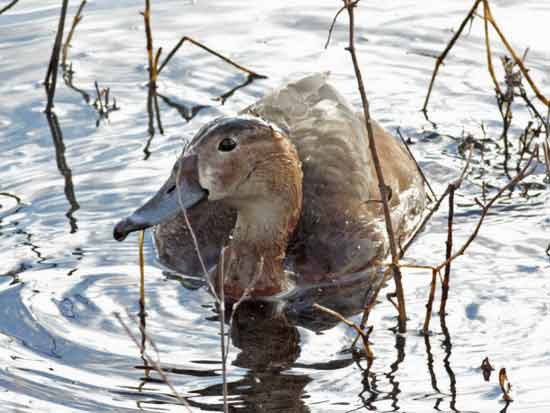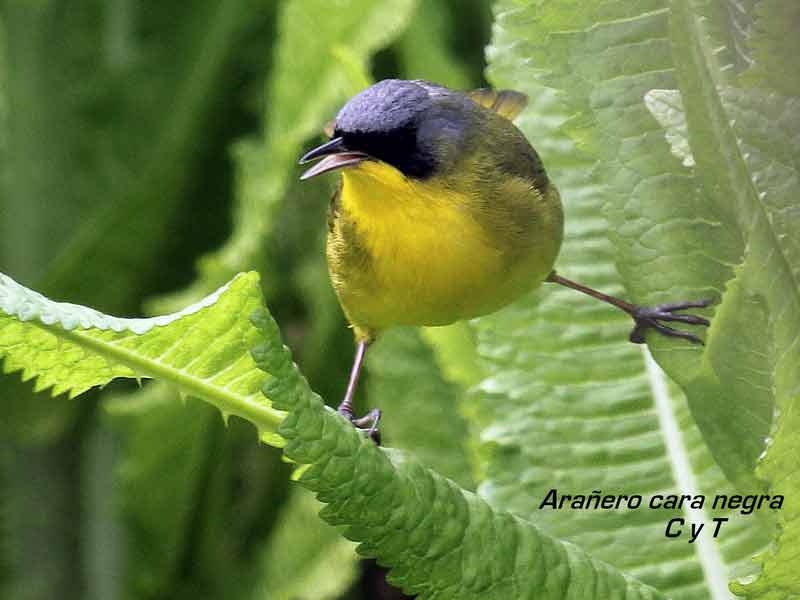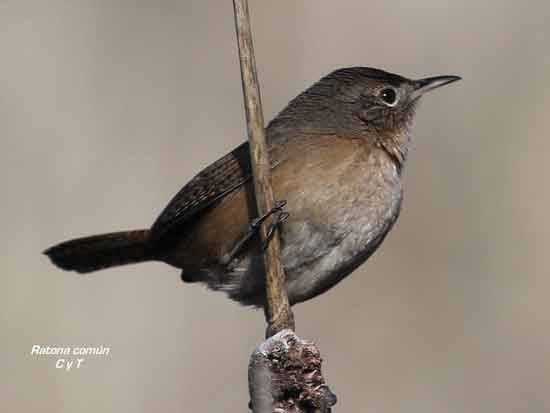News - October 2013
| Big picture of all the birds during October 2013 | ||||
 Yellow-chevroned Parakeet Yellow-chevroned Parakeet |
 Southern Caracara Southern Caracara |
 Narrow-billed Woodcreeper Narrow-billed Woodcreeper |
 Ringed Teal M Ringed Teal M |
 Ringed Teal F Ringed Teal F |
 Saffron Finch M Saffron Finch M |
 Hooded Siskin F Hooded Siskin F |
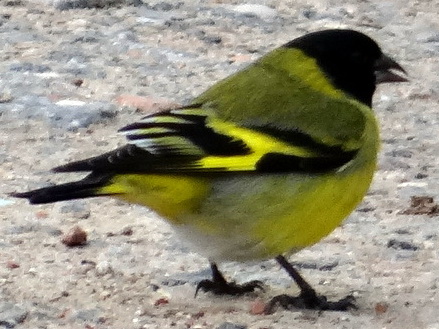 Hooded Siskin M Hooded Siskin M |
 Wattled Jacana Wattled Jacana |
 Yellow-browed Tyrant Yellow-browed Tyrantand many more here |
| Tadpoles at coypu Pond | |
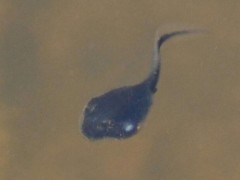 © Gustavo F. Brahamian © Gustavo F. Brahamian |
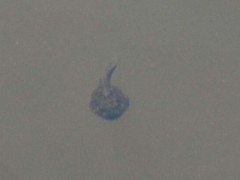 © Gustavo F. Brahamian © Gustavo F. Brahamian |
The three saltators 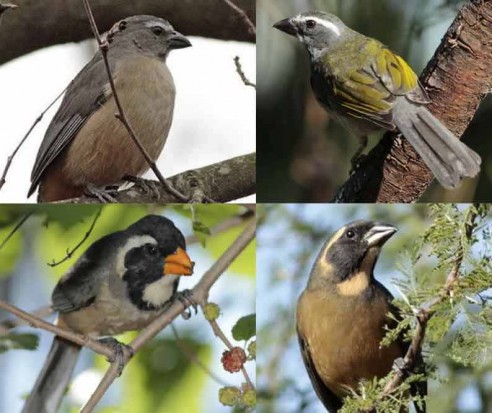 See differences See differences |

The differences between the male and the female of the Silver Teal are so subtle that they are considered a monomorphic species in guides. To begin with there is size, the male is bigger than the female, which is difficult to appreciate. It is easier to use differences in color or in pattern. Colour of bill strongly coloured in the male, paler in the female. The barred pattern of the male tail is finer than that of the female. The feathers on the flanks begin with a scaly pattern creamy and black and end in a barred one white and black in the male. In the female the pattern follows the same colours but all of it is scaly.
Partial view of the Coypu Pond from the Lizard Path 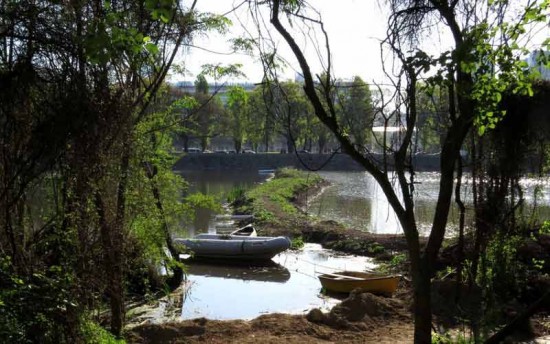 © Amelia Besana © Amelia Besana |
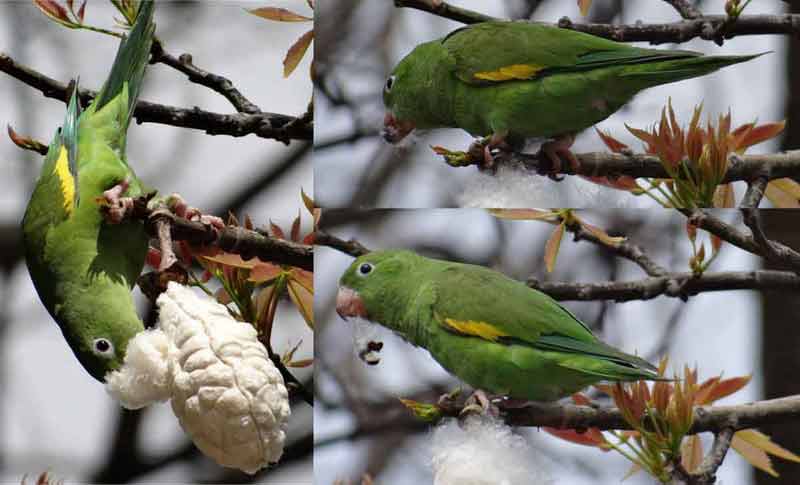
The Yellow-chevroned Parakeet belongs in the Psittacid Family, which comprises macaws, parrots and parakeets. This is the smallest psittacid (23 cm) which has frequented Costanera up to now. Records are scattered throughout the year without a definite seasonal pattern. It is associated to the silk floss tree <em>Chorisia speciosa</em>, the fruits of which are torn with the bill to extract the seed. The fruit is big like an avocado. It is 15 cm and hangs, which makes the parakeet pirouette to reach the seed. The fruit has a woody shell and is stuffed with silk fibers. This parakeet perforates it and separates the fiber to get the seed. In the photo the woody shell has recently come off since the fibers still keep the form of the fruit and it has not broken apart yet. Inside it plenty of seeds are found. The seed is black and half centimeter in diameter. The peel is discarded.
Courtship
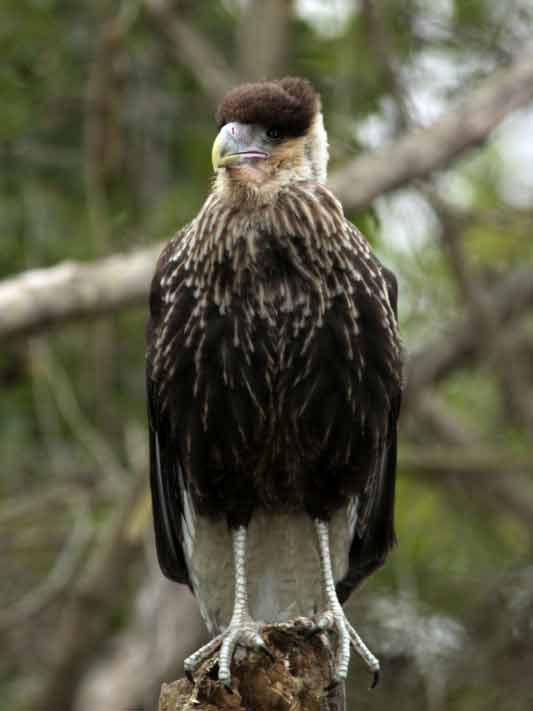
We saw this juvenile caracara at the Viamonte Access at about 8:30. It was being attacked by two guira cuckoos and showed no reaction at all. It flew some meters away and perched on a tree at two meters high. We took some photos. And so we did when we found it at 12:30 hs on another tree and at 5:30 in the nearby sanitaries walking most calmly. At first we thought it was ill but it seems this is the behaviour of juveniles. Its parents were very near and there were remnants of a pigeon scattered on the ground. Personnel from the Rehab Center were keeping an eye on it to see whether it was feeding well.
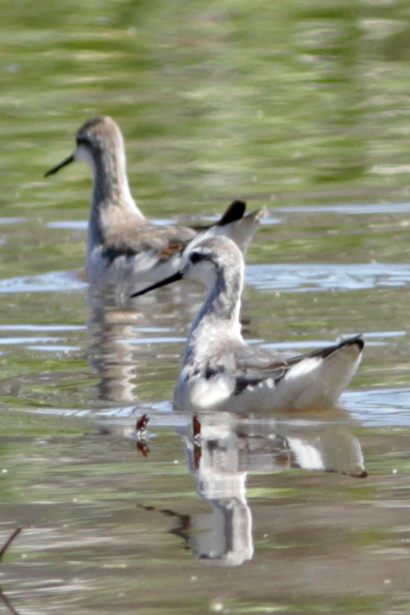
This phalarope nests in the Northern Hemisphere and migrates south to spend the austral summer. When they arrive here in general they are in non-breeding plumage which is grey to the upperparts and white to the underparts. Nevertheless, there may be individuals showing traces of nuptial plumage. For example, we can see a still conspicuous line which runs down the eye along the side of the neck and the plumage presents rufous colouring on the back.
Eating a frog
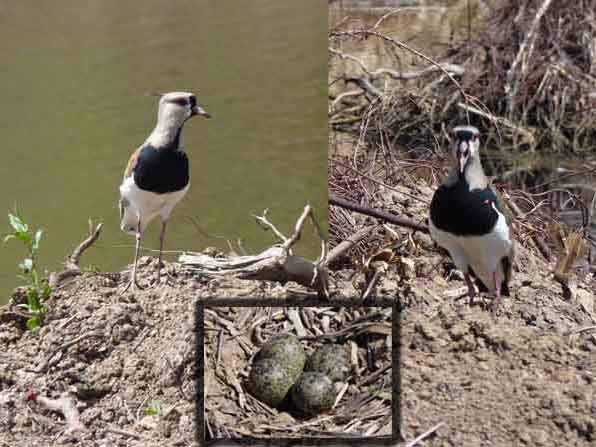
Lapwings build rudimentary nests on bare ground or short vegetation. Just a scrape lined with plant material. They lay three or four eggs which will hatch within approximately a month.They look after the nest very vigilantly. When they feel threatened they are either attack the intruder flying low with their menacing spurs or divert the observer's attention to another place.
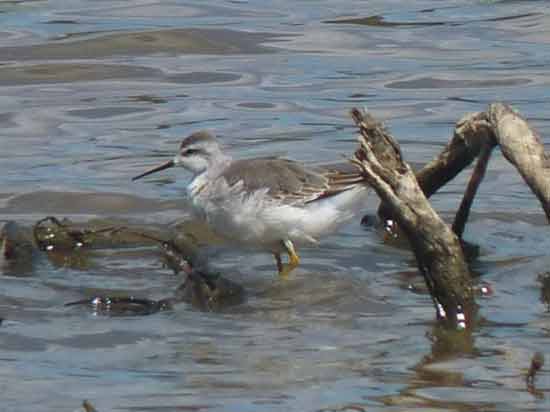
A boreal migrant which ravels from the Northern Hemisphere till Tierra del Fuego along the Andes. Some minor groups deviate and arrive in Buenos Aires. Before it was common to see them in the ponds. This only individual at Coypu Pond is certainly one of first to arrive.


